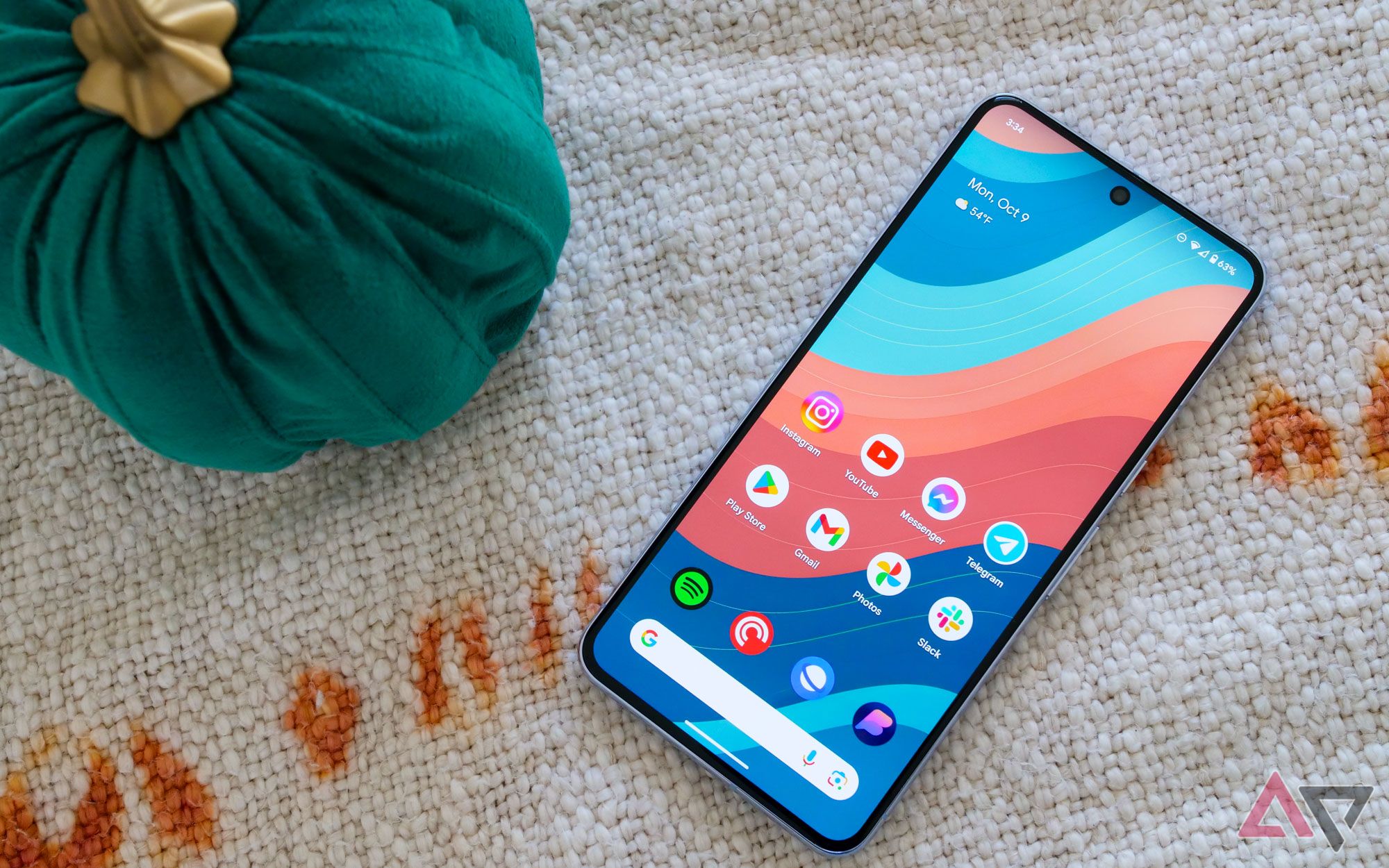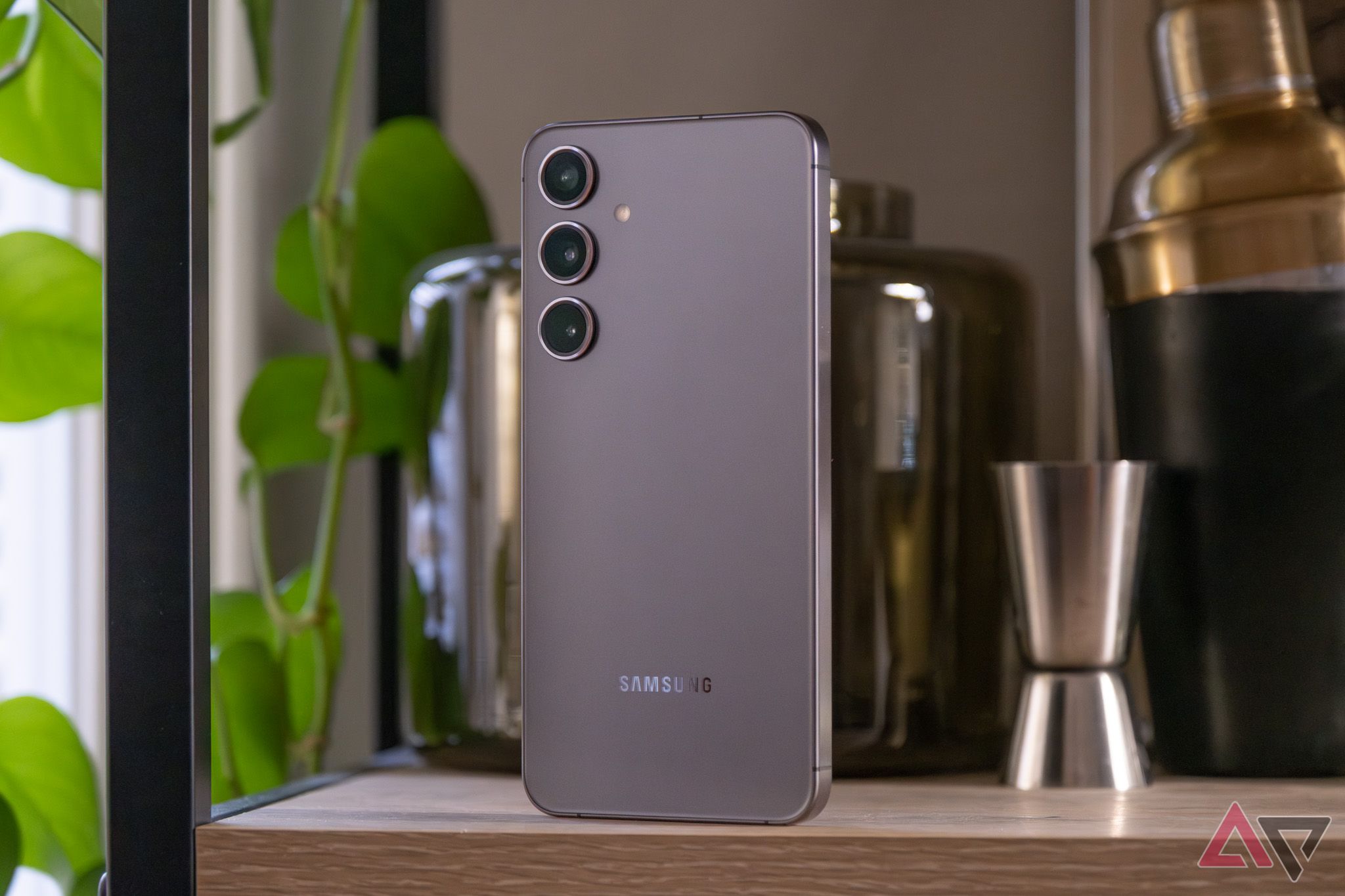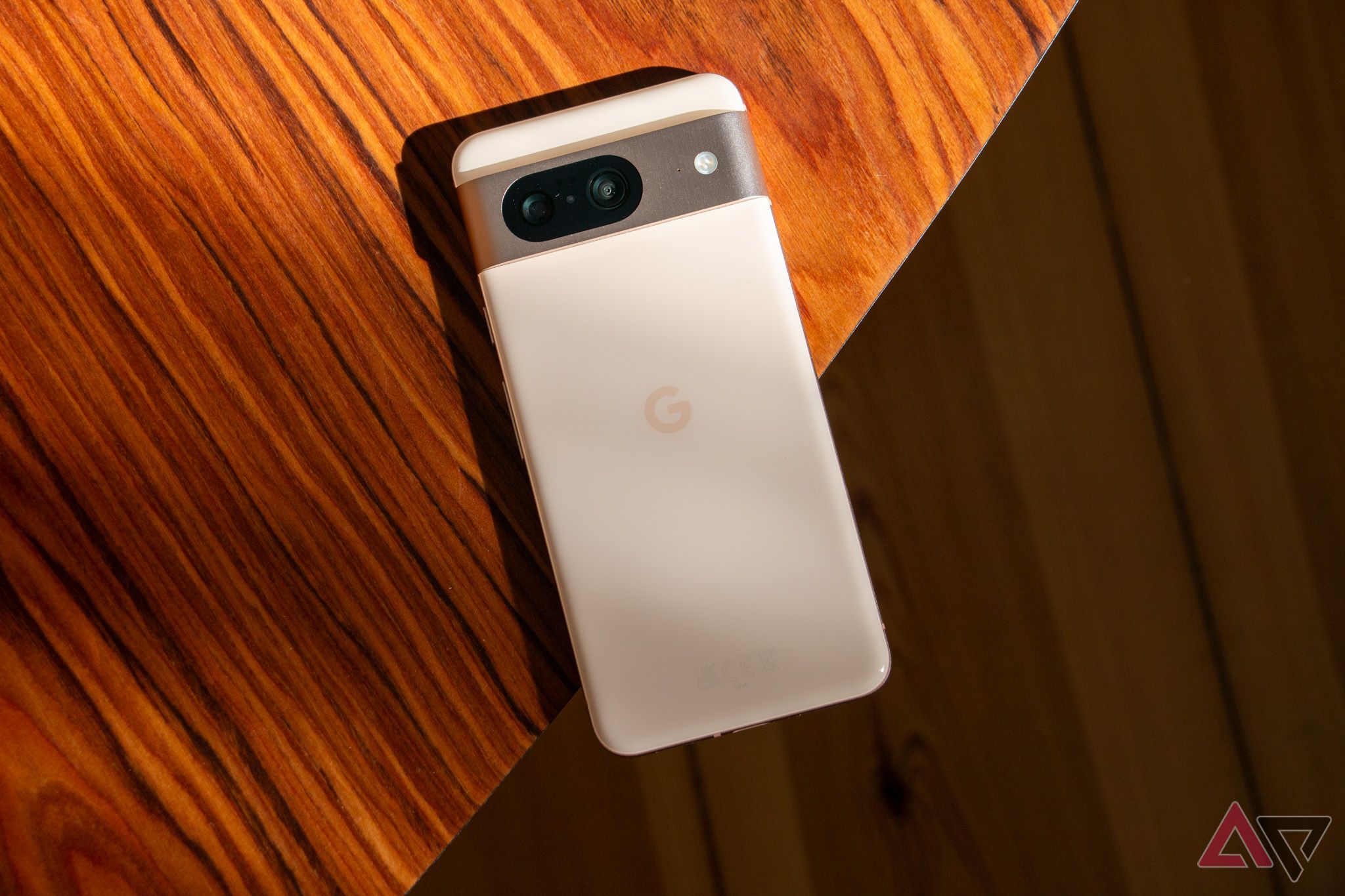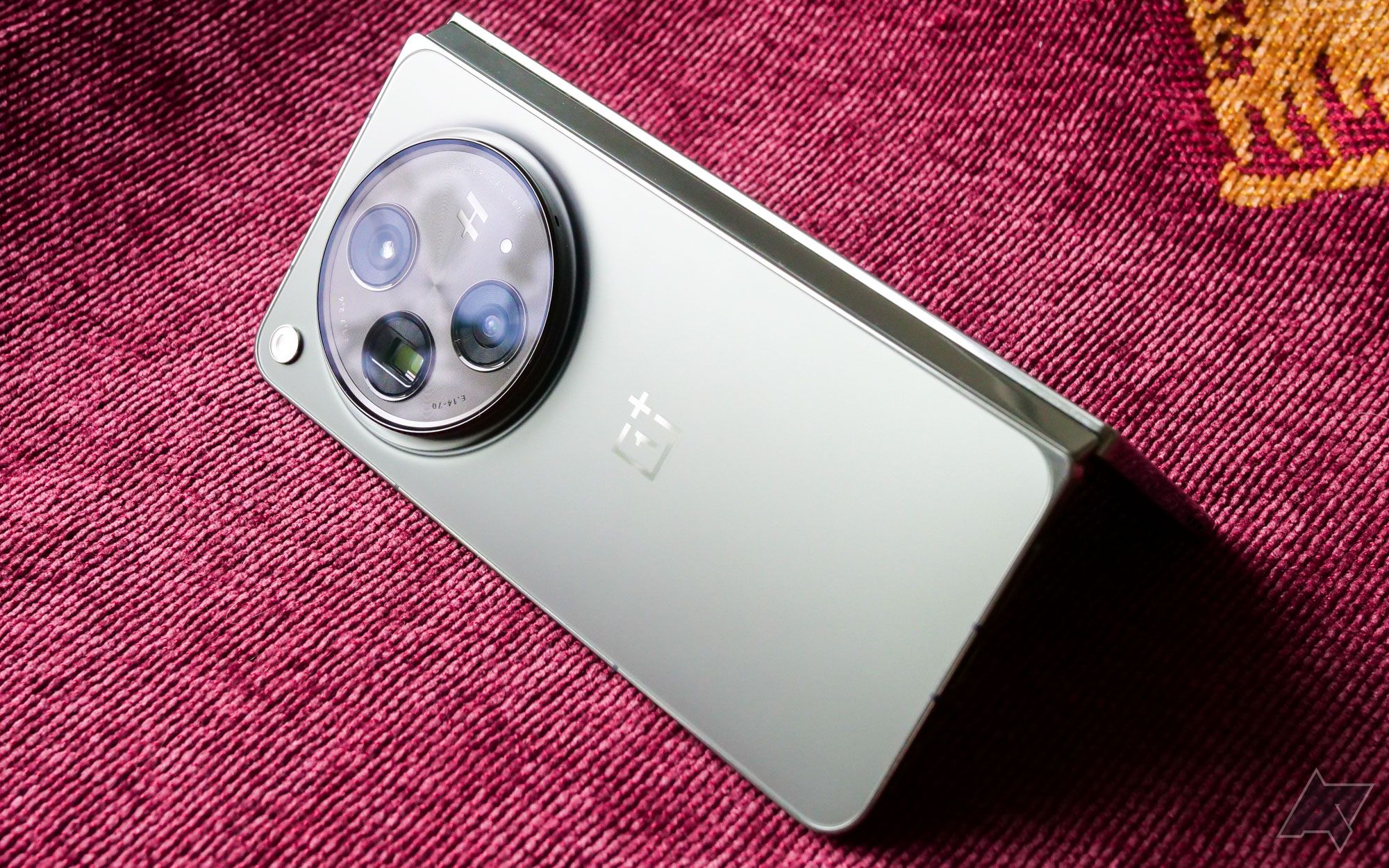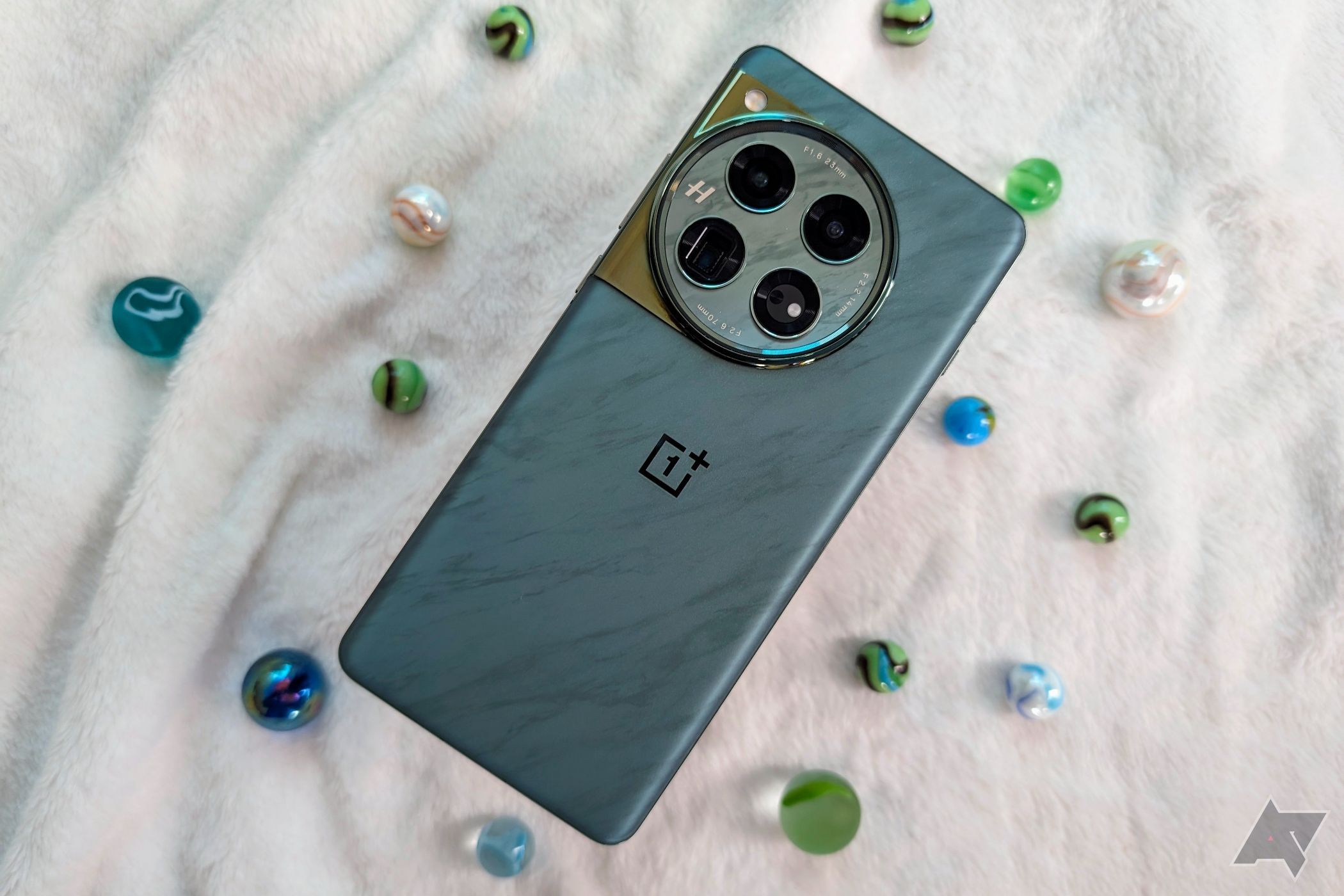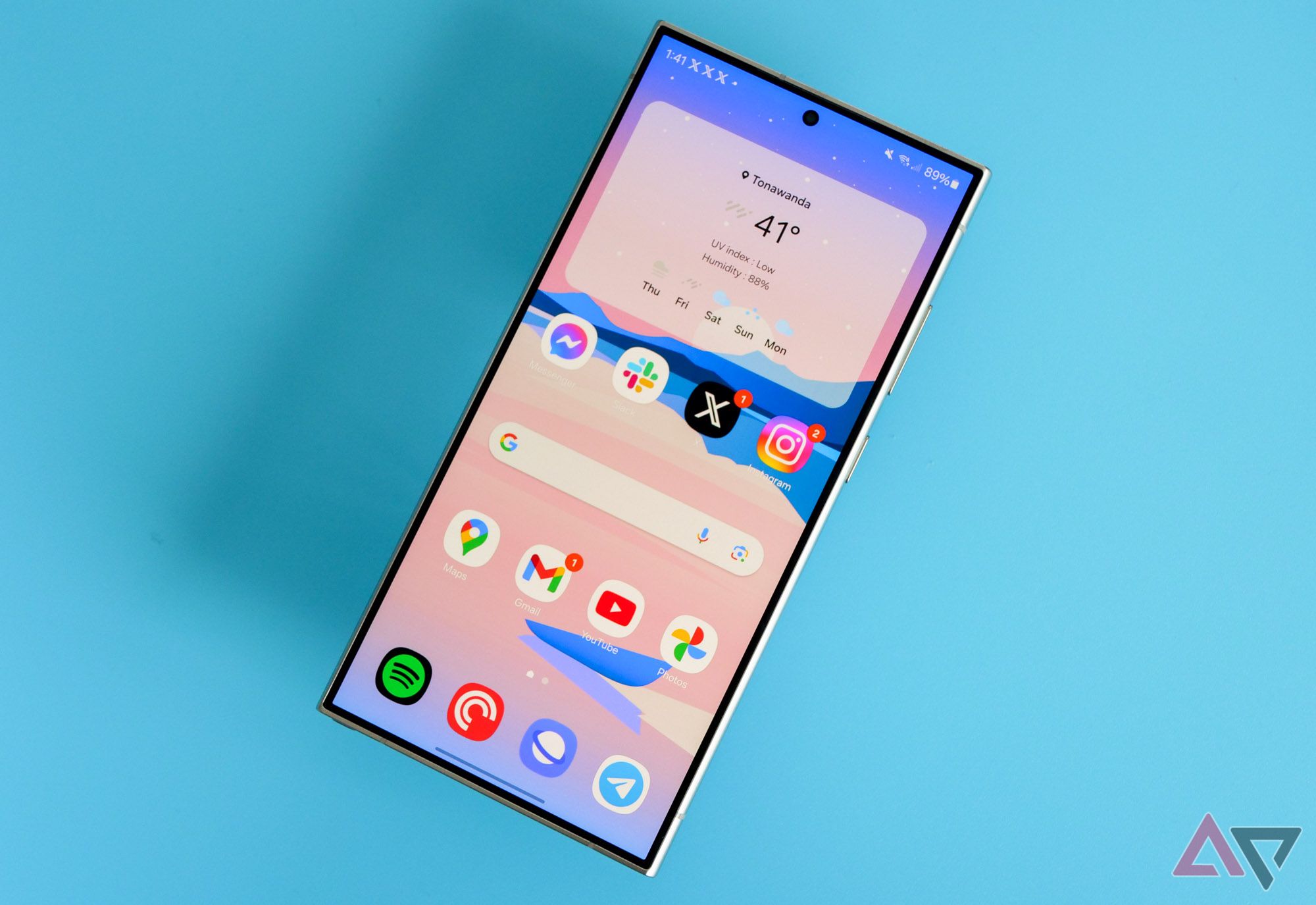Life is all about choice, and giving you options is Android's true power in the smartphone space. The best smartphones are all about meeting your needs, which is why many of the best ones run Android. The flexibility and versatility that Android offers simply can not be found on competing devices. In addition to being able to customize the Android OS to your heart's content, various manufacturers are bringing different designs and approaches to the table.
Some people need a flagship device that can do just about everything extremely well, some may want a powerful device with the best of everything, while others may be more intrigued by the latest foldable phones. Android devices even have a slew of smaller phones, if that's more your speed.
We've even included a budget phone on our list to prove you don't need to spend over $1,000 to get a fantastic Android experience. Whatever your criteria, Android OEMs have a device that fits the bill. Let's take a look at our top picks.
Our top-reviewed Android phones
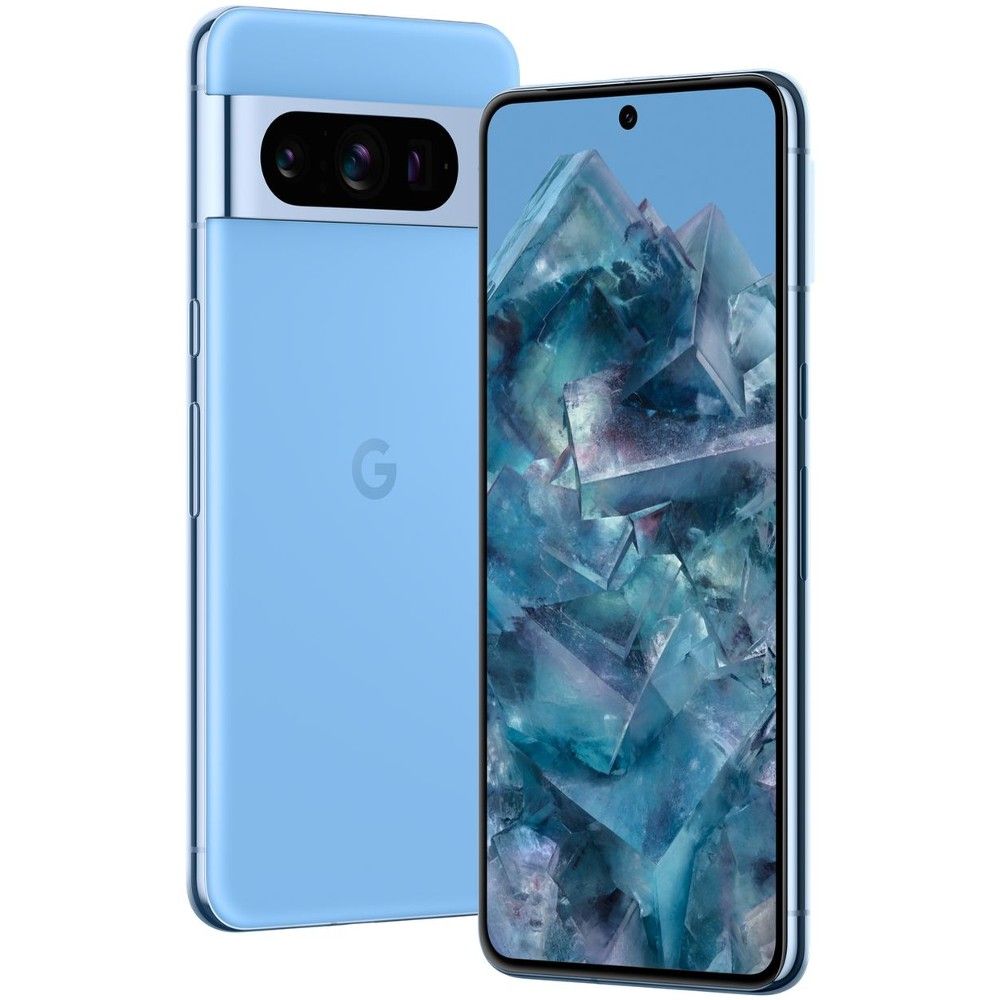
Google Pixel 8 Pro
A well-rounded package
The Pixel 8 Pro is a bigger jump than its similar design would leave you to believe. From the matte glass back and flat-edged display to the improvements to the camera lineup, there's plenty of space where this phone shines. But the real improvements are found in the software. Google is all-in on AI enhancements to their apps, and it's really starting in full force with this device.
- Improved design
- Better performance and battery life than last-gen
- Seven years of OS updates
- It's not without some big software issues
- This phone can still get toasty
- More expensive than the last two generations
Another year, another Pixel graces the top of our best Android phones list. But unlike in previous years, where buyers might have to compromise on certain hardware elements to get the best of Google's software, the Pixel 8 Pro is a phenomenal piece of technology. It improves on the Pixel 7 Pro in nearly every way, all while keeping the same core design that has become so immediately identifiable.
From the newly matte glass to the flat edges surrounding the display, the Pixel 8 Pro feels better in your hand in nearly every way — and the blue variant in particular looks absolutely stunning. It keeps the same 6.7-inch display size as the previous model, but thanks to Google's new Super Actua display, it's brighter than ever before, something you'll immediately notice once you step outside. And as you look closer, the improvements keep coming. Everything from improved facial unlock to true 30W charging helps make this a better device than its predecessor.
Under the hood, Tensor G3 takes a big step forward, staying (relatively) cool under pressure while supplying better battery life. It's not like Google has leapfrogged over its Qualcomm-branded competition here — the phone is still warmer on average than its Snapdragon counterparts — but it's a big improvement nonetheless. It also allows for all sorts of AI-powered tricks that, frankly, are too numerous to share in-depth in this particular buyer's guide. From custom wallpapers to removing background noise in videos to making the Photoshopped images of your dreams turn into nightmares, the software experience here is as complex as it's ever been. Unfortunately, that hasn't stopped Google from pushing out the occasional bugged update to its phones, which remains a real problem in 2024.
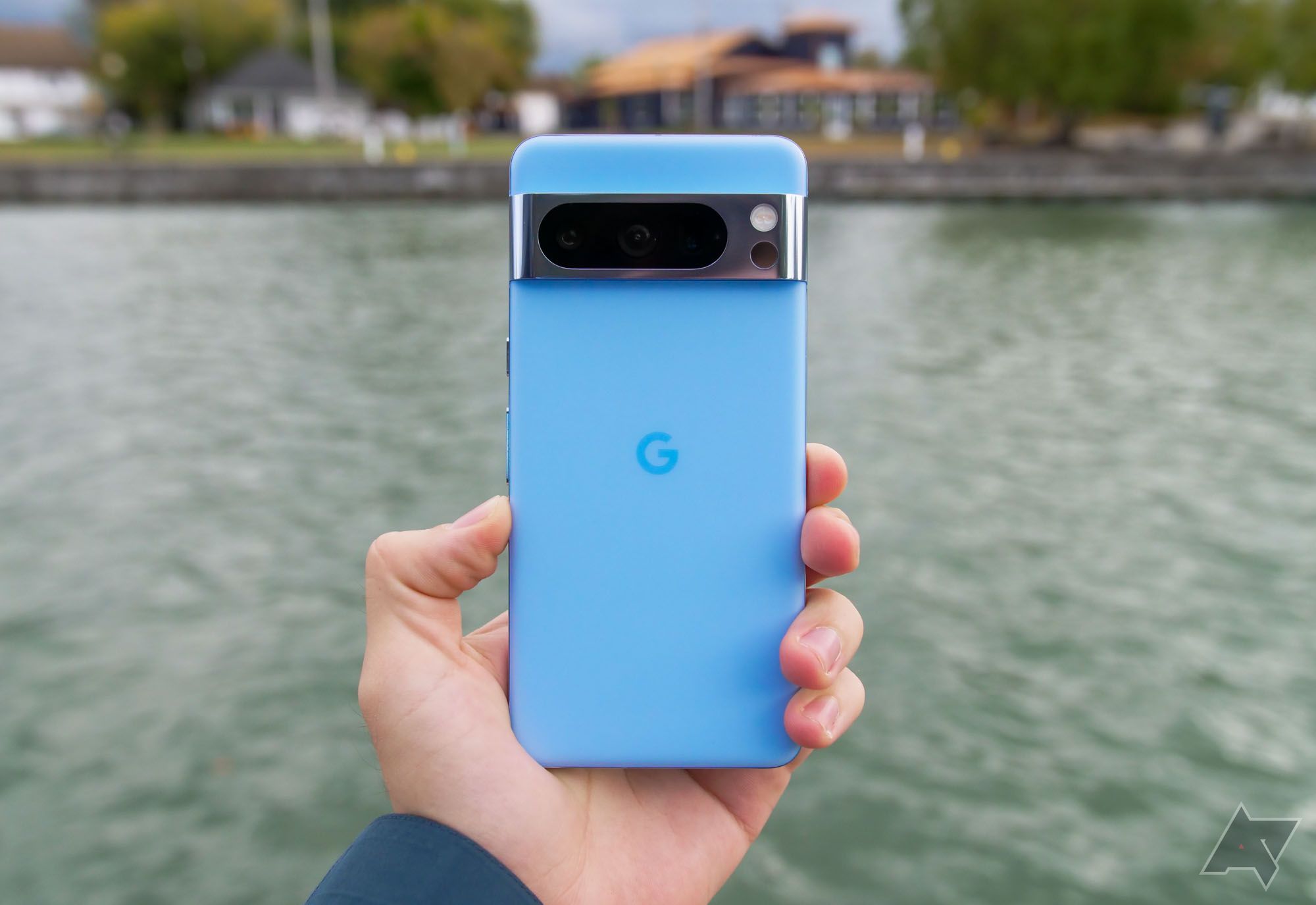
Google Pixel 8 Pro review: Living up to its name
If you want to see the future of Google, the Pixel 8 Pro is the phone to buyOf course, we'd be remiss if we didn't mention the cameras. From the main sensor to the 5x periscope lens, everything is new this time around, with all three sensors allowing for more light than ever before. Google is also capturing images in ultra HDR, which can make for some truly jaw-dropping shots. Unfortunately, all of this tech comes with a price hike, as the Pixel 8 Pro now starts at a whopping $1,000 for the 128GB model. In our eyes, it's worth that much to experience the best Android has to offer, but thankfully, the cheaper Pixel 8 still looks to provide an affordable gadget while slashing a third of the price off the tag.
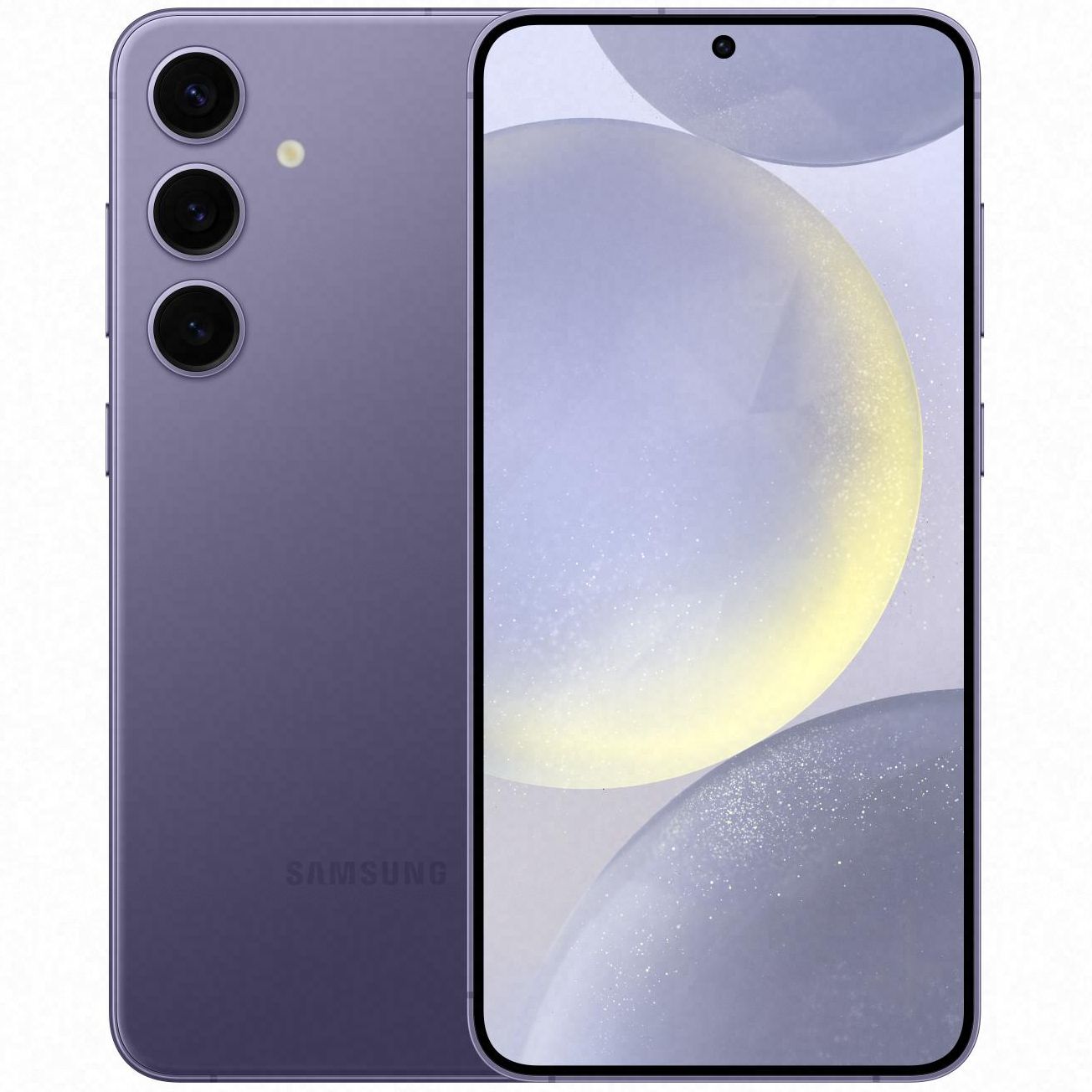
Samsung Galaxy S24+
For Samsung fans and Google haters alike
Although the Galaxy S24+ isn't Samsung's top-tier flagship for 2024, we think it's the one most people should buy. With a great display, fast performance, and a comfortable design, it's still just a bit more impressive than its Google counterpart.
- Excellent hardware design
- Fast performance
- Long-lasting battery life
- Hit-or-miss camera quality
- Galaxy AI isn't quite up to par with Google's efforts
- Only Exynos model available globally
If we're being honest, the Pixel 8 Pro isn't for everyone. Whether it's the relatively restricted launcher, the love-it-or-hate-it design, or the bugs that have earned Google a reputation for turning its users into beta testers, anyone wanting to stay away from the Pixel is likely to find themselves checking out whatever Samsung's been working on for the past year. And while you might think the Galaxy S24 Ultra is the obvious comparison point, in 2024, we actually think most users should check out Samsung's middle child, the Galaxy S24+, instead.
Unlike previous generations, where skipping out on the S Pen-equipped phone meant some serious downgrades in specs, the Galaxy S24+ goes toe-to-toe with its bigger sibling. A Snapdragon 8 Gen 3 processor (at least stateside; globally, this phone is powered by Exynos, which may push some shoppers away), 12GB of RAM, and a QHD+ display make this feel every bit a flagship for a whopping $300 less than the Ultra. We also think it has a better design too; you'll lose out on that new titanium build, but the flat edges and rounded corners help the Galaxy S24+ fit more comfortably in your hand.
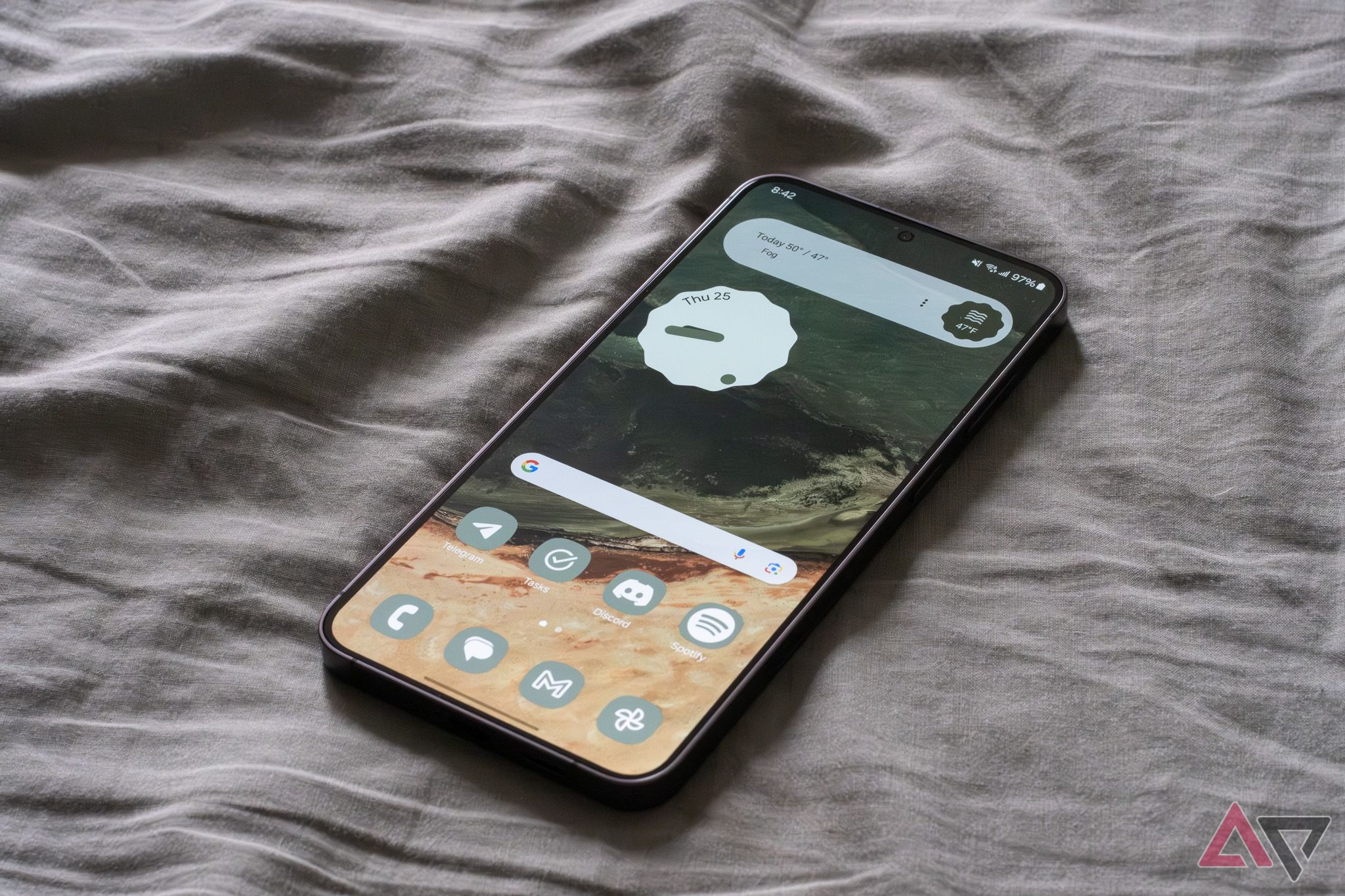
Samsung Galaxy S24+ review: A safe bet
AI gimmicks aside, this is a very easy-to-recommend flagshipSamsung is just as focused on AI as any other tech company right now, and you'll find One UI 6.1 loaded up with new ways to interact with your keyboard, camera, and more. Unfortunately, Galaxy AI can't make up for the overall mixed results we've seen when taking photos with this phone, which holds it back from gracing the very top of this list. More than ever, Samsung is struggling to process moving subjects reliably, something that desperately needs to be improved through a software fix if we're to give this phone a wholehearted recommendation. Still, if Google isn't for you, the Galaxy S24+ is absolutely worth a look.
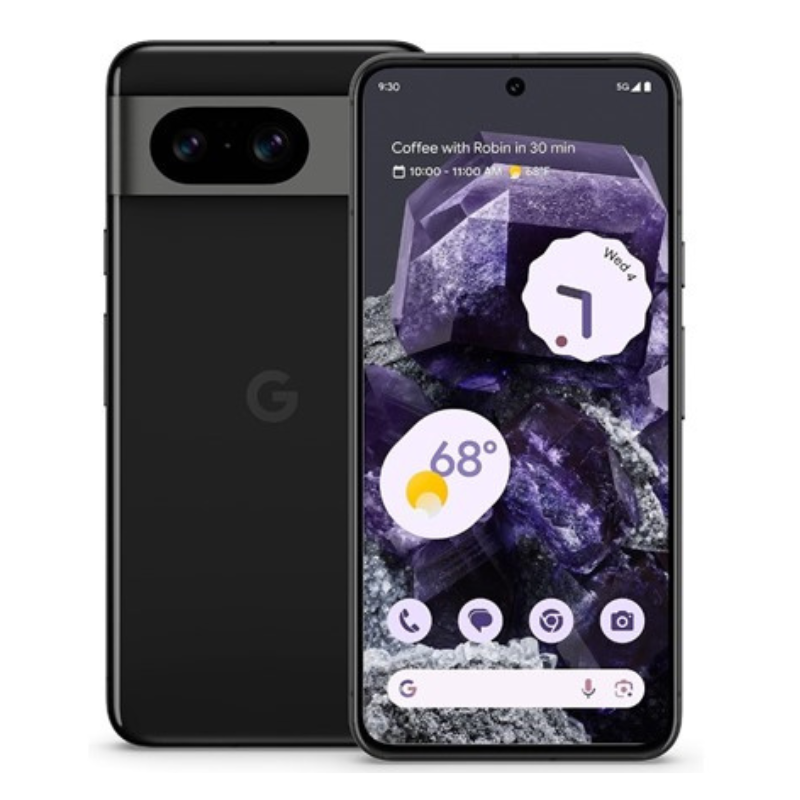
Google Pixel 8
A tiny, AI-powered assistant
Google shrank the size of its entry-level flagship for the second year in a row, and it's all the better for it. The Pixel 8 doesn't have every feature — hardware or otherwise — that you'll find on the Pixel 8 Pro, but it more than makes up for it with just how comfortable it feels in both your hand and your pocket. And with a main camera this good, you might not even notice the 5x lens is missing.
- Bright, fast display
- Excellent battery life
- Seven years of OS upgrades
- Arbitrarily limited software capabilities
- Some large bezels around the display
- Why no matte glass?!
Prior to the launch of the Pixel 8, we had Samsung's smallest Galaxy phone pegged as our "compact" smartphone to get. And while Google's latest phone does pale compared to Samsung's in some crucial ways — in addition to not being the smallest, most compact device on this list — it wins out thanks to an affordable price point, a comfortable design, excellent cameras, and a killer software policy. At $700, this phone is more expensive than 2022's lineup, but it makes up for it by packing everything in a tinier form factor.
Although the glossy finish first seen on previous Tensor-powered Pixels remains here, the new color options — including a pink so excellent that many of the AP staff chose it as their go-to hue — help to hide fingerprints and smudges. With a brighter 120Hz display, this is the first year where it feels like the smaller phone isn't getting help back in the screen department. Likewise, while the ultrawide sensor is reused from the Pixel 7 (and you still won't find a telephoto sensor on this device), the main lens matches the unit on the more expensive Pro.
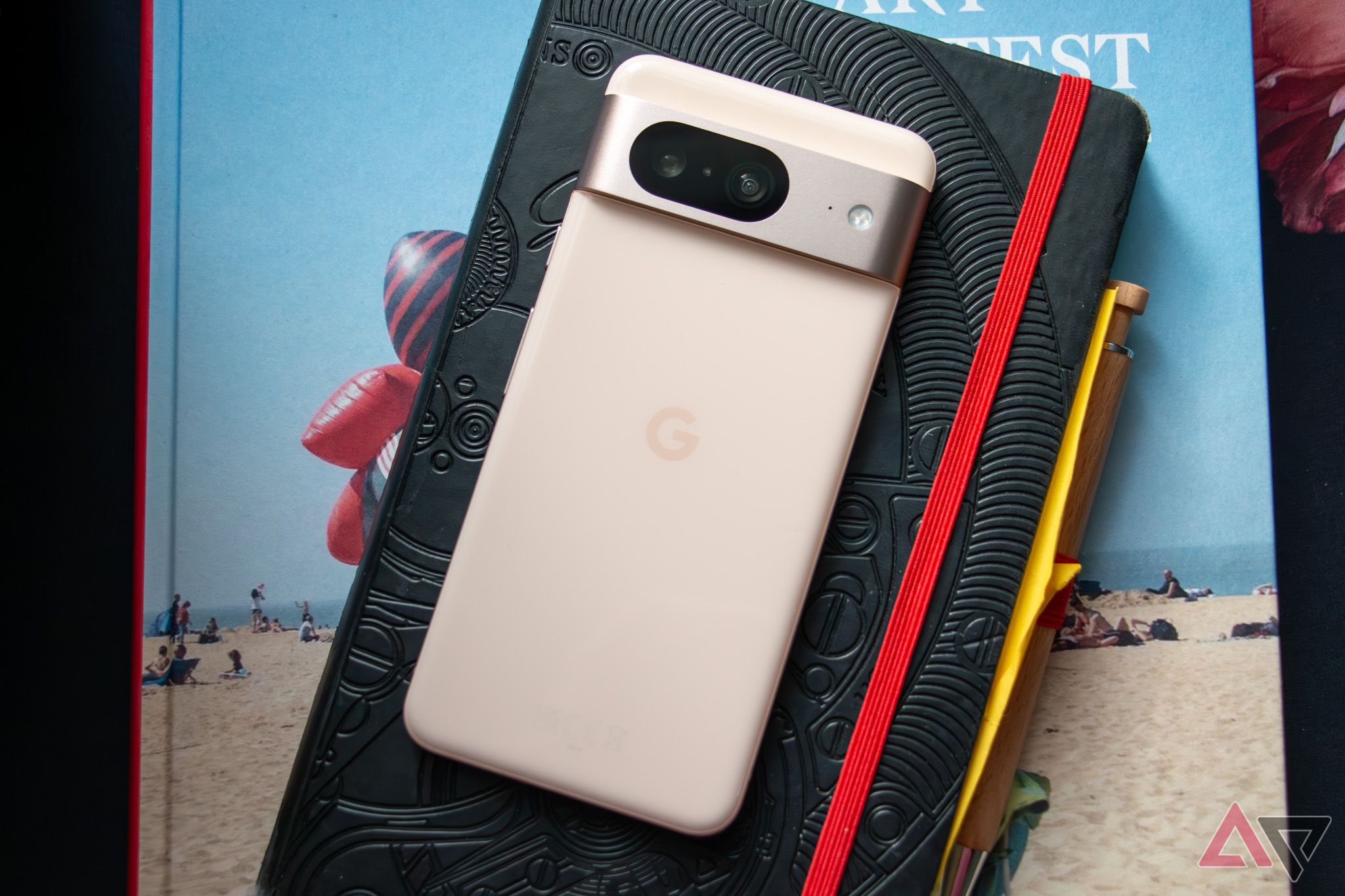
Google Pixel 8 review: The Pixel for the masses
The Pixel 8 doesn't need every feature the 8 Pro offers, it's packing more than enoughThat said, not everything that makes the Pixel 8 Pro special trickles down to the Pixel 8. Some of the most impressive software tools on the Pro, including upcoming camera features like Zoom Enhance and Video Boost, won't make it to this device. The same goes for certain AI tools, like Google's upcoming Summaries feature paired with Recorder. If you want a smaller Pixel, you'll have to settle for a more limited software experience. To some, the trade-off in size — not to mention price — might be worth it. After all, you're still getting seven years of OS upgrades on this device.
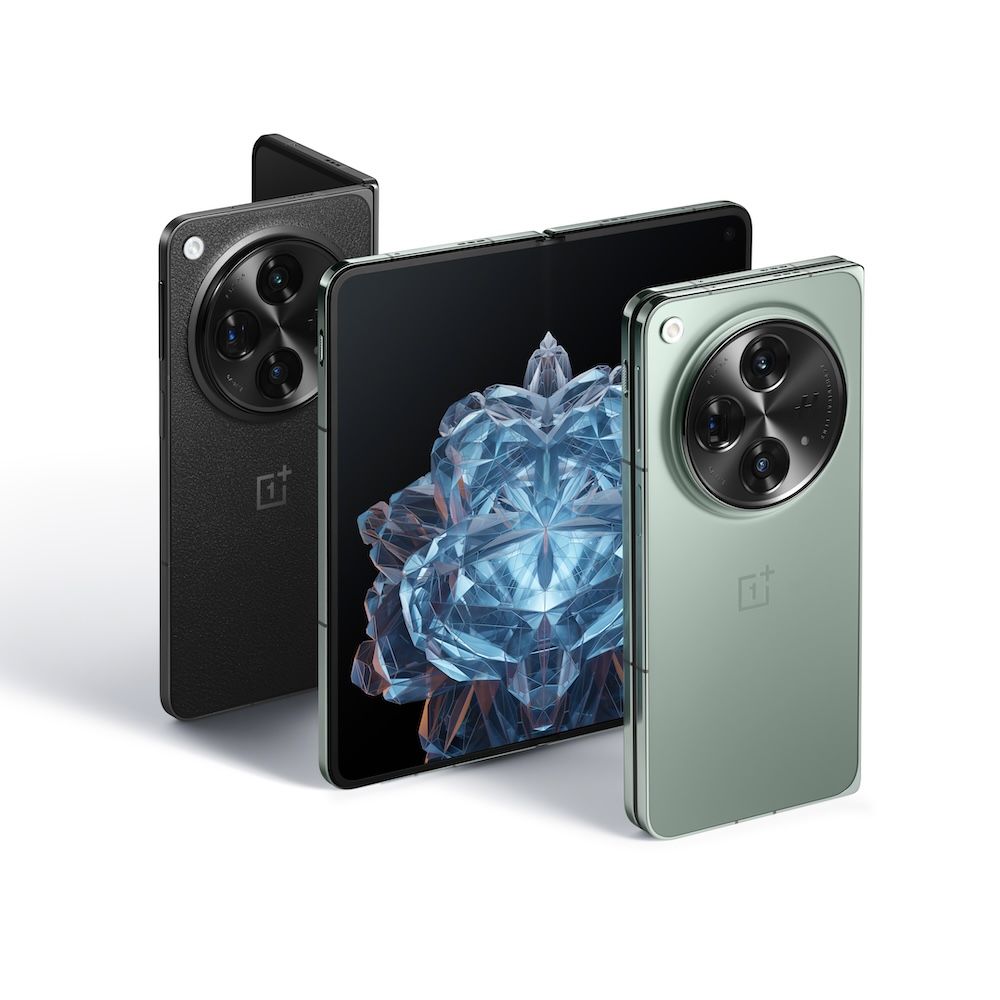
OnePlus Open
A surprise winner in the foldable wars
The OnePlus Open took us by surprise when it first arrived on the scene. With a thinner and lighter chassis, a better camera, and some unique multitasking features that all beat the competition, OnePlus has a winner on its hands.
- Excellent design
- Best displays on a foldable
- Some impressive multitasking tools
- OxygenOS has its quirks
- Hit-or-miss camera performance
- No wireless charging
2023 was truly the year of the foldable, especially in the US, where previous competition included Samsung and, well, not much else. That changed thanks to launches by Google, Motorola, and, most impressively, OnePlus. The OnePlus Open arrived late in the year, after Galaxy and Pixel devices had already lined store shelves, to leave plenty of reviewers with their jaws on the floor. Though the company may seem like the US arm of Oppo more than ever before, that didn't stop the Open from becoming one of the best foldables you can buy today.
The OnePlus Open is jam-packed with all of the usual 2023 specs — a Snapdragon 8 Gen 2 processor, loads of RAM, and a large battery ready to power your experience. It's all in a chassis that's thinner and lighter than anything else available in North America, as little as 239 grams in the black colorway. The outer 6.3-inch display feels like a standard smartphone screen, while the inner 7.82-inch panel is one of the best on any foldable yet. And due to its matte anti-glare screen protector, it's easy to read in all lighting conditions, all while the crease is barely existent.
The large camera module on the back of the device seems destined to be divisive among fans, but it houses the most impressive phone camera you can buy on a foldable today. It's not as consistent as something like the Pixel 8 Pro's camera, but it's a lot of fun to shoot with. OxygenOS remains as lackluster as ever, though the Open Canvas feature for multitasking puts it leagues beyond the competition. And the battery is long-lasting and fast-charging, though at the sacrifice of wireless charging. Boo, OnePlus.
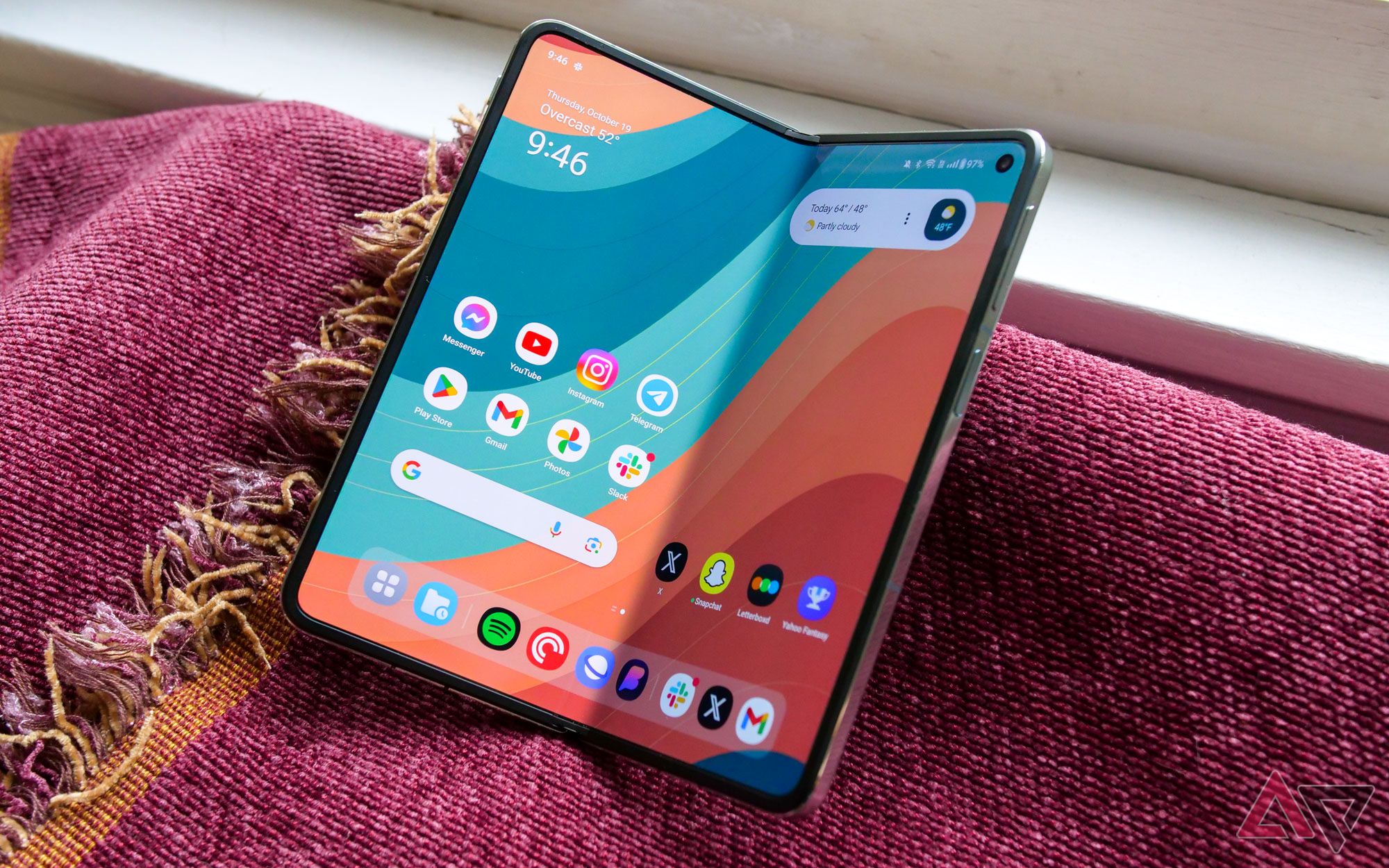
OnePlus Open review: What every foldable should be
Leave it to OnePlus to supply the competition Samsung so desperately needsRegardless, if you're looking for a foldable and you're comfortable going with a lesser-known brand, the OnePlus Open is some of the best hardware you'll find on the market. The bar is raised for Samsung and Google in 2024; only time will tell how they deliver.
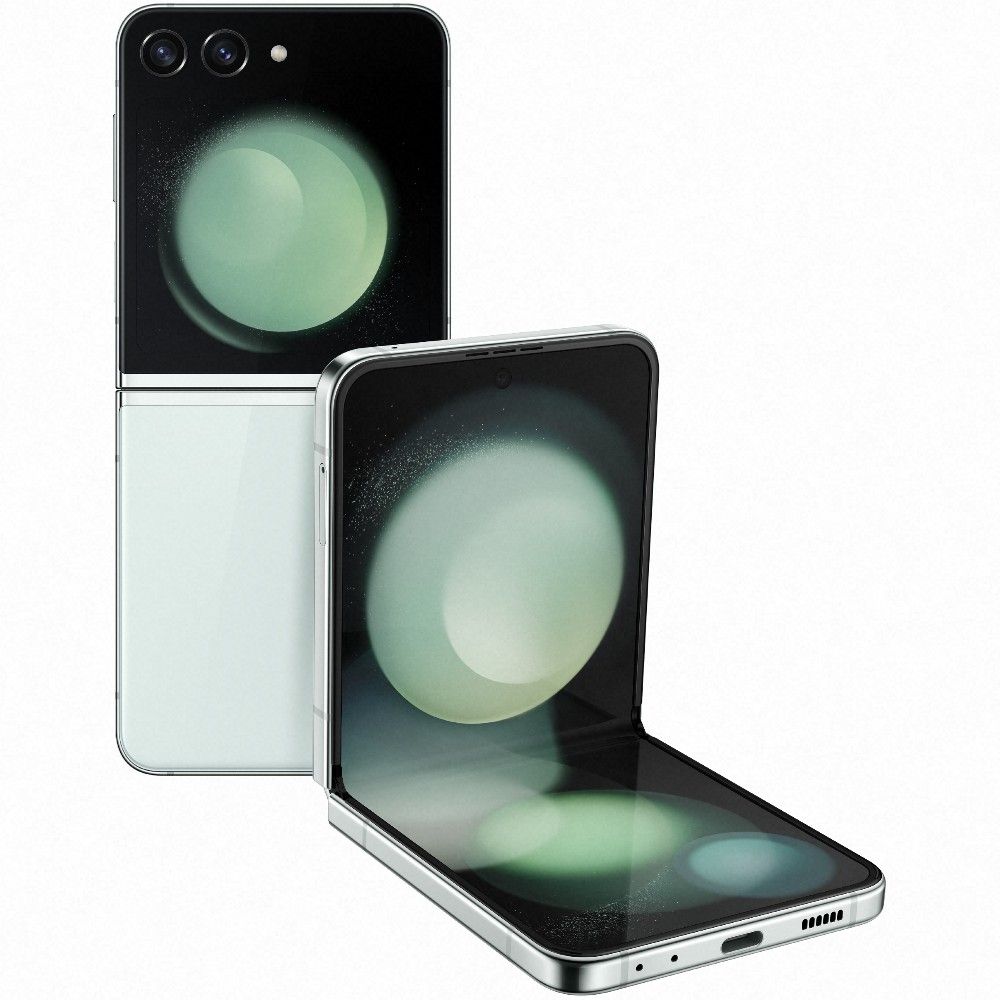
Samsung Galaxy Z Flip 5
Samsung takes the cake
Samsung's latest flip phone takes the concept to the next level. While keeping everything we loved about the Z Flip 4 around, the Z Flip 5 adds an expansive 3.4-inch front display loaded with widgets, apps, and more. It's like a smartwatch glued to the front of your phone. All of this, plus a thinner chassis that fits in your pocket better than ever.
- Flex Window is impressively useful
- Flatter design
- Pure fun in a smartphone
- No telephoto lens
- Battery life is fine, but charging is slow
- Flex Window app support can feel a little janky
The Motorola Razr+ set the new standard for cover screens, but it's hard to argue with Samsung's success in this market. That success is earned thanks to the years of polish that has gone into both the hardware and software for the Samsung Galaxy Z Flip 5.
The hinge now folds completely flat, preventing dust from getting at your foldable screen when closed. But the real star of the show is the new 3.4-inch cover screen that finally takes this secondary display from gimmick to useful. It can preview notifications, show widgets, let you respond to messages with a full keyboard, and even run any app you like through Good Lock. It even now boasts the same Galaxy AI features as the S24 line.
There are a couple of differences in how Samsung and Motorola approached their respective smartphones. Samsung's widgets are leaps and bounds better than what you'll find on the Razr+, while Motorola allows you to open apps by default without jumping through hoops to add third-party services. Even then, though, Samsung does show some serious design chops when compared to the Razr, especially in terms of build quality.
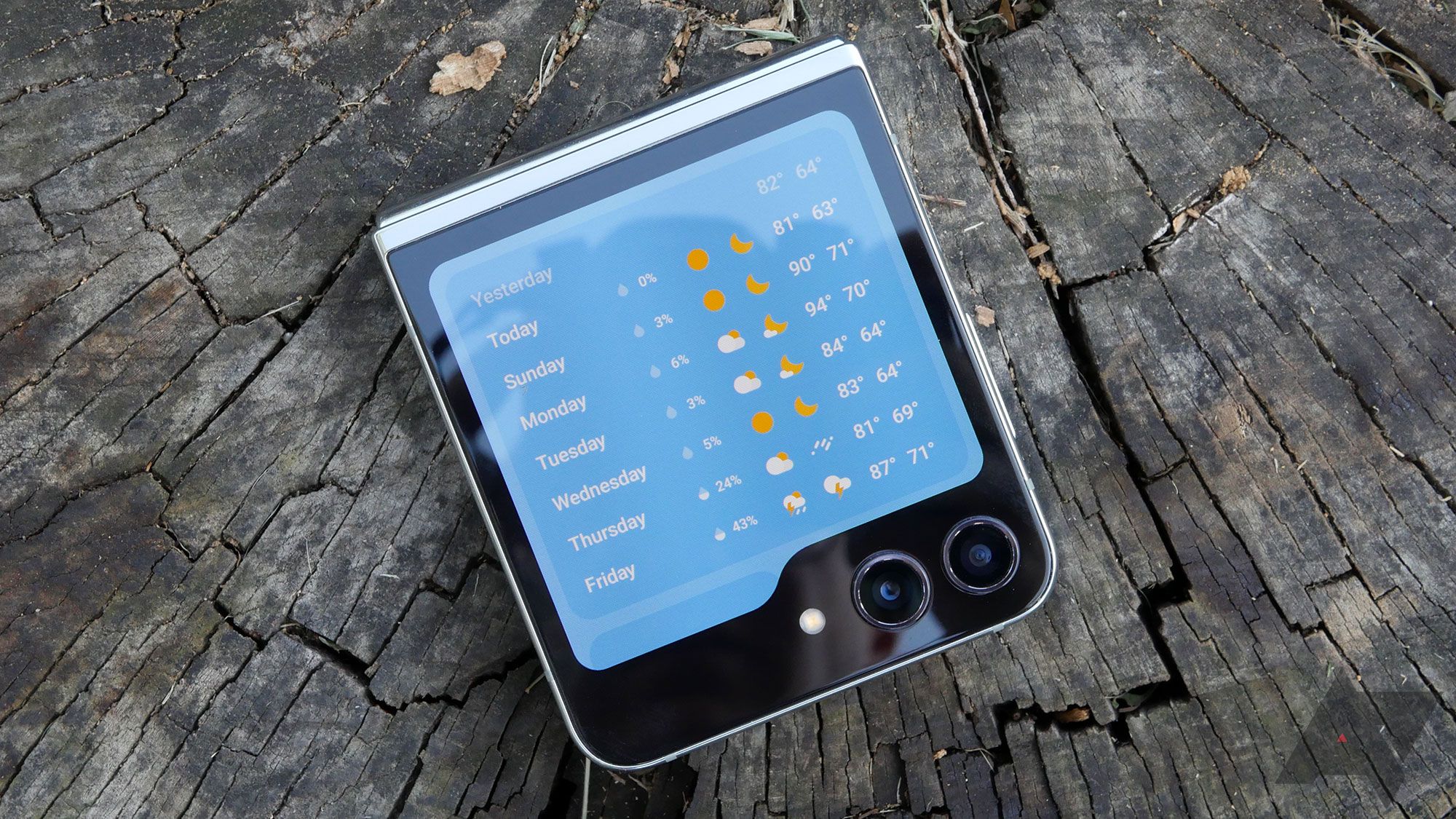
Samsung Galaxy Z Flip 5 review: Flex Window for the win
A slightly larger cover screen makes all the difference in the worldHonestly, it's up to you which clamshell device you prefer. While some might prefer the cleaner build of Android seen on the Motorola Razr+, it's hard to argue with the fit and polish here. Samsung has really mastered the art of crafting a modern clamshell phone. Now, it just needs to figure out how to squeeze a telephoto lens into one.
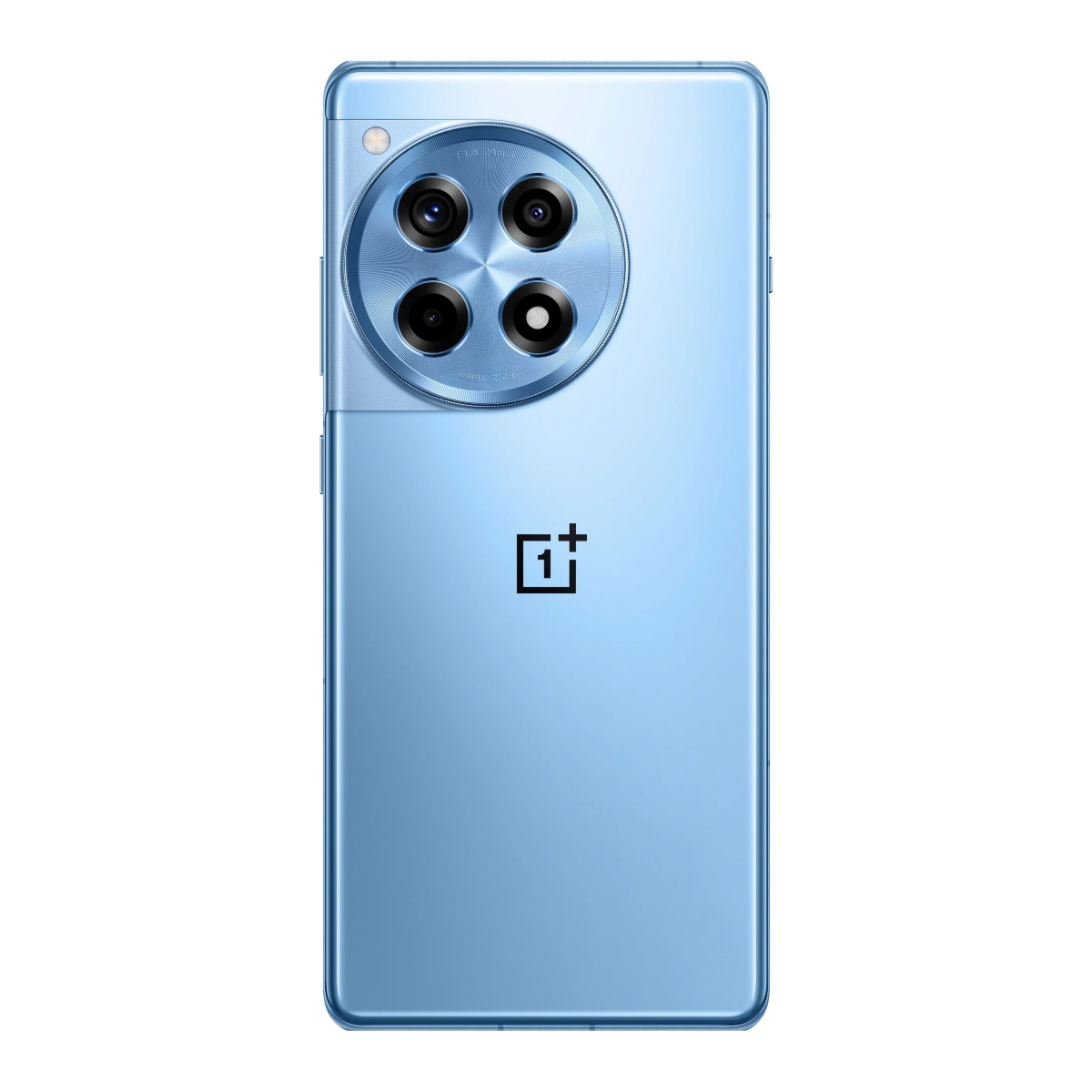
OnePlus 12R
A bargain that can't be beat
Unless camera quality is your number one focus in a smartphone, you can't beat the OnePlus 12R if you're on a budget. For just $500, everything from the specs sheet to the display feels up to par with recent flagship smartphones, something you can't say about similarly prices devices from Samsung and Google.
- Great performance
- An excellent display
- And both for only $500
- Only three OS upgrades and four years of security patches
- No wireless charging
- So-so camera quality
If you're looking for the ultimate budget phone, you won't find it from Samsung or Google. This year, OnePlus shook up the midrange competition with the OnePlus 12R, the first time the R-series has ever earned a global debut. It's an impressive one at that: this is a $500 smartphone that looks an awful lot like a flagship phone from 2023, and at this price point, it's hard to go wrong.
From the overall design to the curved glass edges to the underlying processor, the OnePlus 12R could even be mistaken for a rebranded version of last year's OnePlus 11. And yes, the core specs sheet — a Snapdragon 8 Gen 2, 8 or 16GB of RAM, 80W fast charging — sure looks familiar at first glance. But OnePlus has made some interesting changes here, and it all starts with the display. The 6.78-inch QHD+ panel on this phone is perhaps the best I've seen on a device in this price range. At 1,600 nits, it's in line with the flagship OnePlus 12, and far beyond anything the company's produced before. Compared with the likes of the Pixel 7a and its mediocre 90Hz panel, it's night and day.
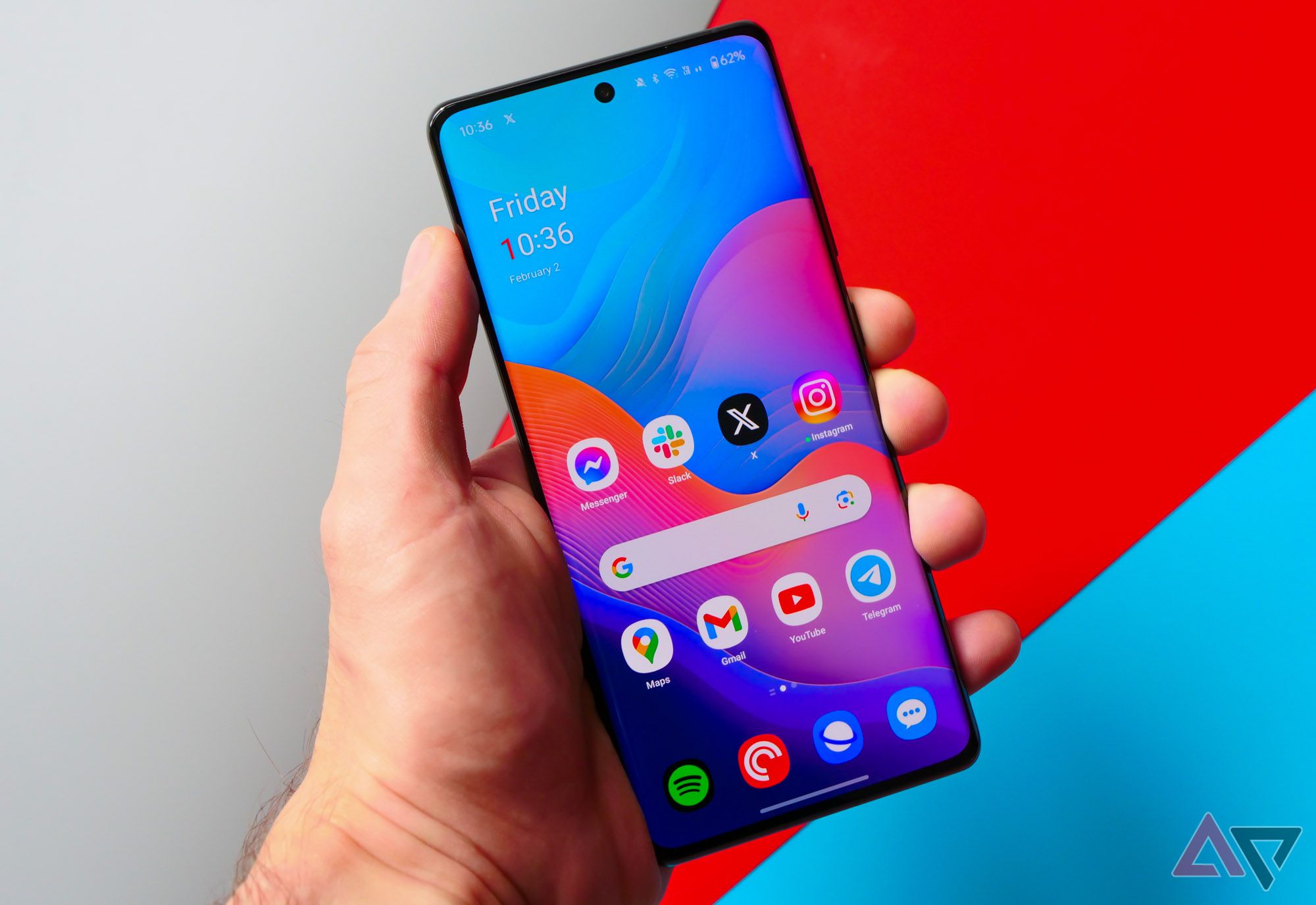
OnePlus 12R review: A real flagship killer for $500
A phone that packs all the power you need for the price you want to payThe rest of this specs sheet is as good as you probably remember. The Snapdragon 8 Gen 2, in particular, isn't all that different from its successor in terms of raw power — this smartphone is still better at gaming and other intensive tasks than anything else on the market. Really, the biggest downside is the camera. It's not bad, but it falls far short of the Pixel A-series, and without the Hasselblad color profile, that signature OnePlus pop just isn't there. Still, this is a mighty impressive smartphone for the price, and it's going to take a lot of work for other Android OEMs to best it.
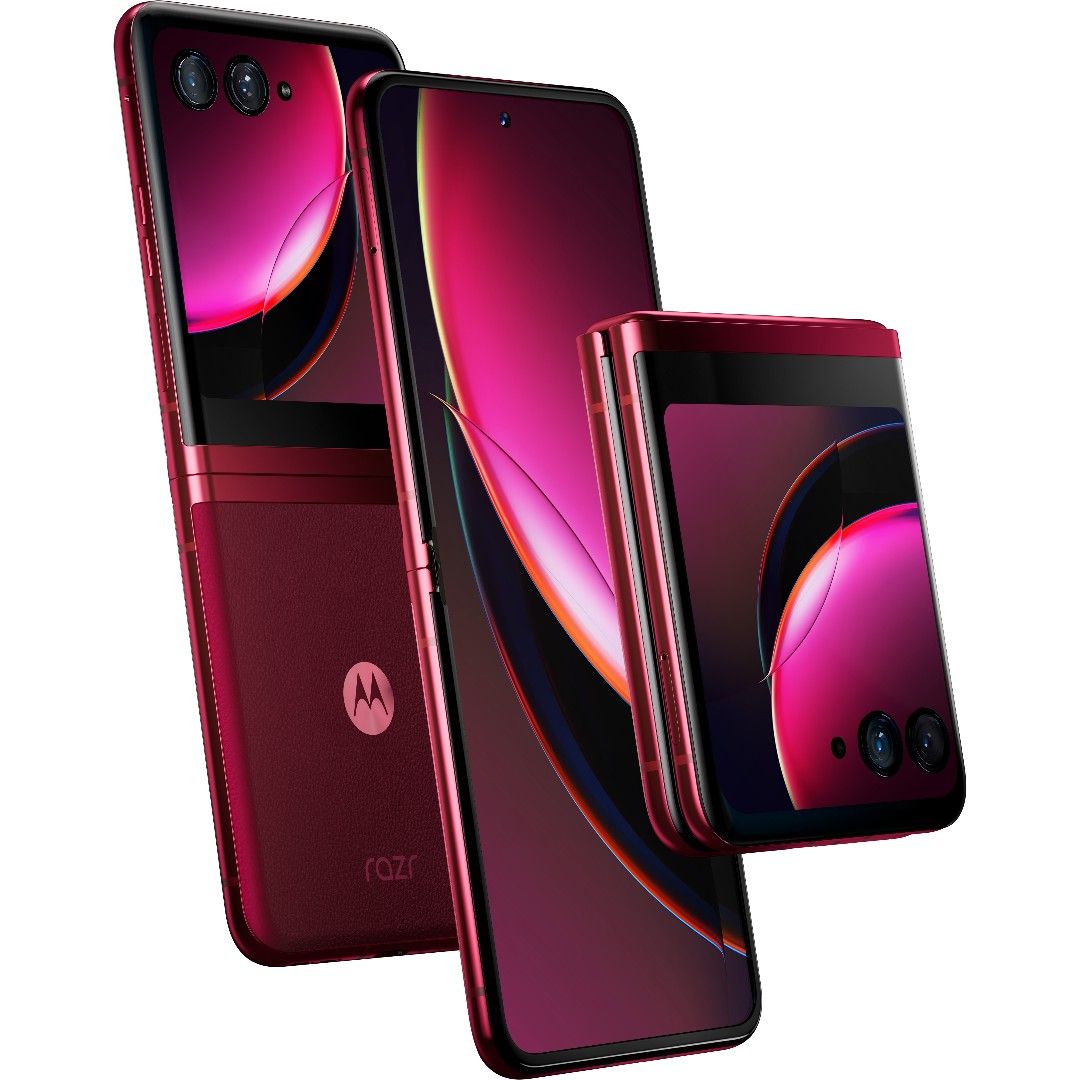
Motorola Razr+ (2023)
The best '00s nostalgia you can buy
The Motorola Razr+ is everything we've wanted from a clamshell foldable. The front screen is fun and functional, capable of everything from firing off emails to controlling music to playing games. Inside, you'll find a standard smartphone experience on a large 6.9" display. Throw in a relatively affordable price, and you're cooking with gas.
- Front screen is surprisingly capable
- Decent battery life for a small device
- Phones haven't been this fun in forever
- Motorola's software updates can take a while to roll out
- Cameras aren't great
- Faux leather on the magenta option won't be for everyone
Samsung has long held its crown as the foldable king, largely thanks to an absence of rivals in the US. And while Google stopped short of claiming the Galaxy Z Fold-series' crown, Motorola has had more luck on the clamshell side. The Motorola Razr+ is an exceptionally fun phone, and as long as you can deal with some inconsistent — and often mediocre — cameras, there's a lot to love here.
On the inside, you'll find a pretty typical Android experience. An ultra-tall 6.9" display looks and feels like your regular Motorola phone, right down to the twist and chop gestures for the camera and flashlight, respectively. It's the outside of the phone where the Razr+ really shines. That 3.6-inch, 1:1 display might sound small on paper, but it's surprisingly capable of accomplishing most everyday tasks. From sending a text to looking up directions, this screen makes it easy to keep your phone folded when you don't need it, all while saving on battery life in the process.
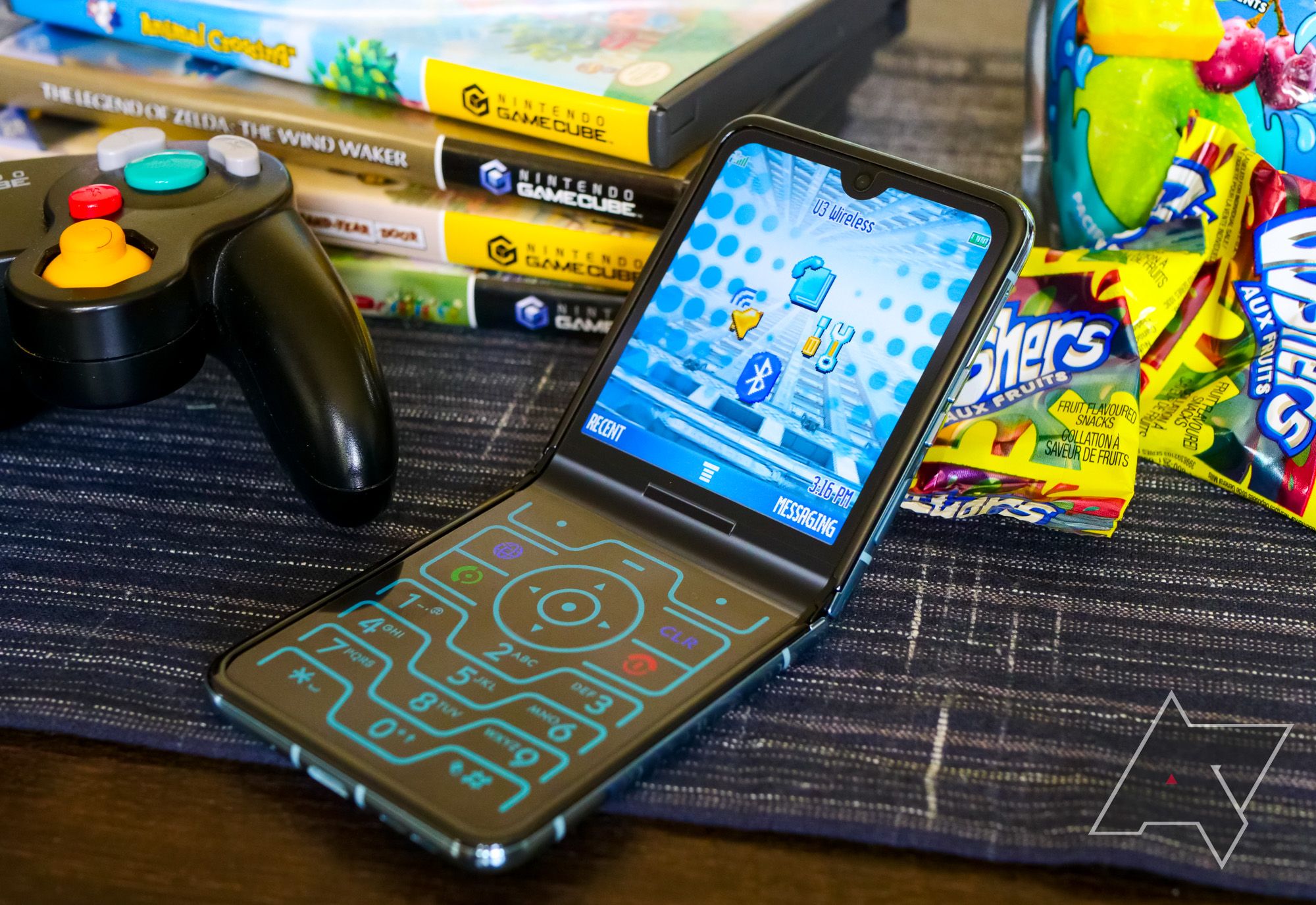
Motorola Razr+ review: My new favorite foldable
The GOAT of flip phones can finally reclaim its throneAs with all foldables, the cameras are the big weak point here. Motorola has always struggled to keep up with the likes of Google and Samsung, and that's still true. They're not completely incapable, but you shouldn't expect anything amazing. Still, after taking a couple of years off, this latest Razr is an astounding achievement for Motorola. The Galaxy Z Flip 5 is a fascinating device — in some ways, far better than this one — but the phone that fits your life will really come down to personal taste.
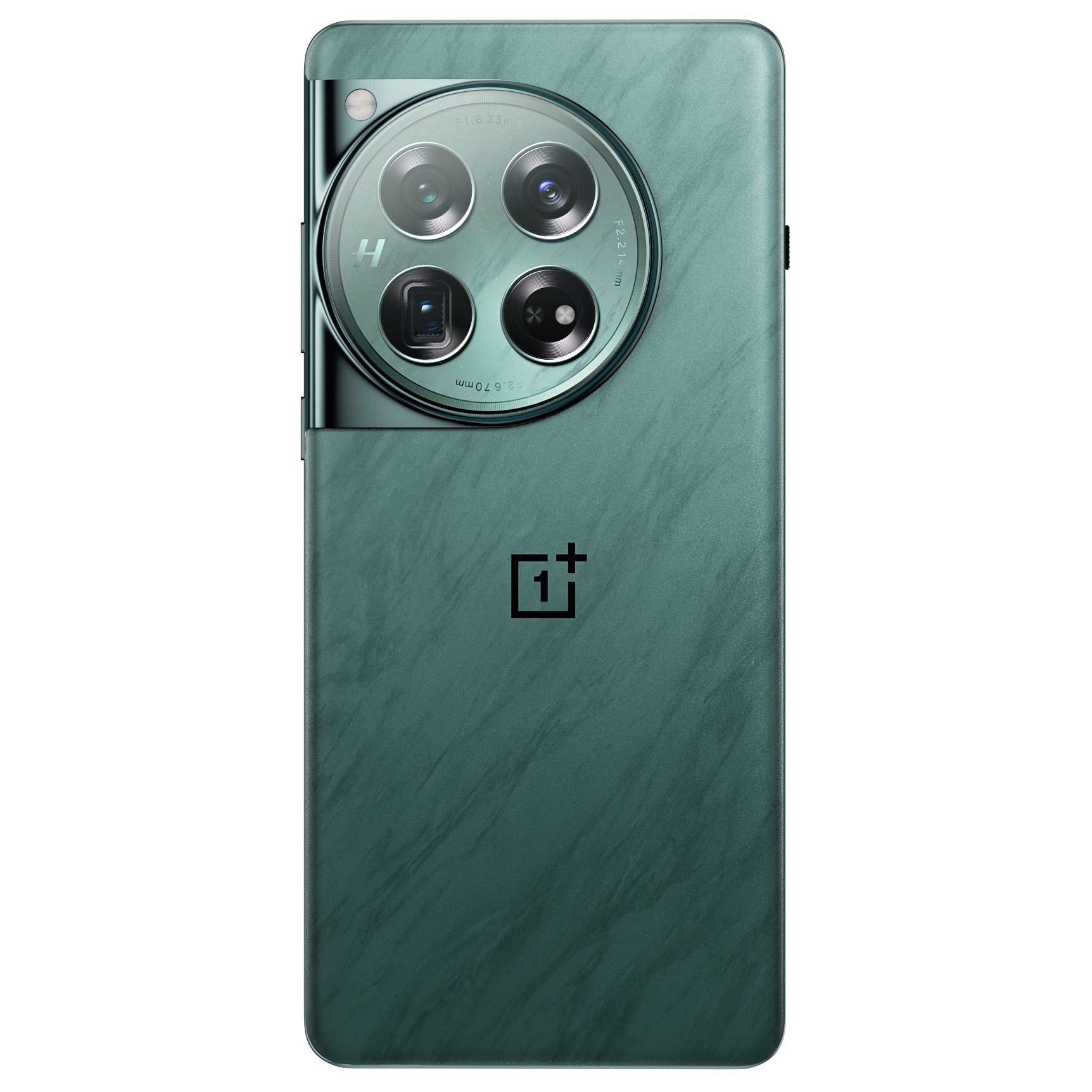
OnePlus 12
From performance to battery life, this has it all
The OnePlus 12 makes good on most of the faults of its predecessor, while only bumping up the price by $100. It's more powerful, has a bigger, brighter display, and most crucially, adds fast wireless charging back into the mix. If you're after a flagship that feels like old-school Android, this might be the phone for you.
- Excellent performance and thermals
- Great display
- Solid camera system with Hasselblad color tuning
- OxygenOS is still OxygenOS
- Upgrade policy not up to par with Samsung and Google
- Can't buy it through your carrier
The OnePlus 12R might be an undoubtedly impressive debut for the company's midrange series, but we're equally impressed with the 2024 proper flagship. The OnePlus 12 builds on everything the company got right in 2023, all while making the necessary improvements to keep its phones in the conversation. From the striking marble green colorway to the top-tier specs sheet, it's hard to find a better flagship bargain for $800 right now.
If there's one thing the OnePlus 12 isn't, it's surprising. The core design is nearly unchanged from last year, while the under-the-hood performance is everything you'd expect to find on a modern Android phone. The Snapdragon 8 Gen 3 is as great a chip as we'd hoped for, while the 6.82-inch display is bright, vivid, and as impressive as anything Samsung has on its phones. It's still curved, though, and while some users might appreciate it, others might find the overall design lacking compared to flat edges from its peers.
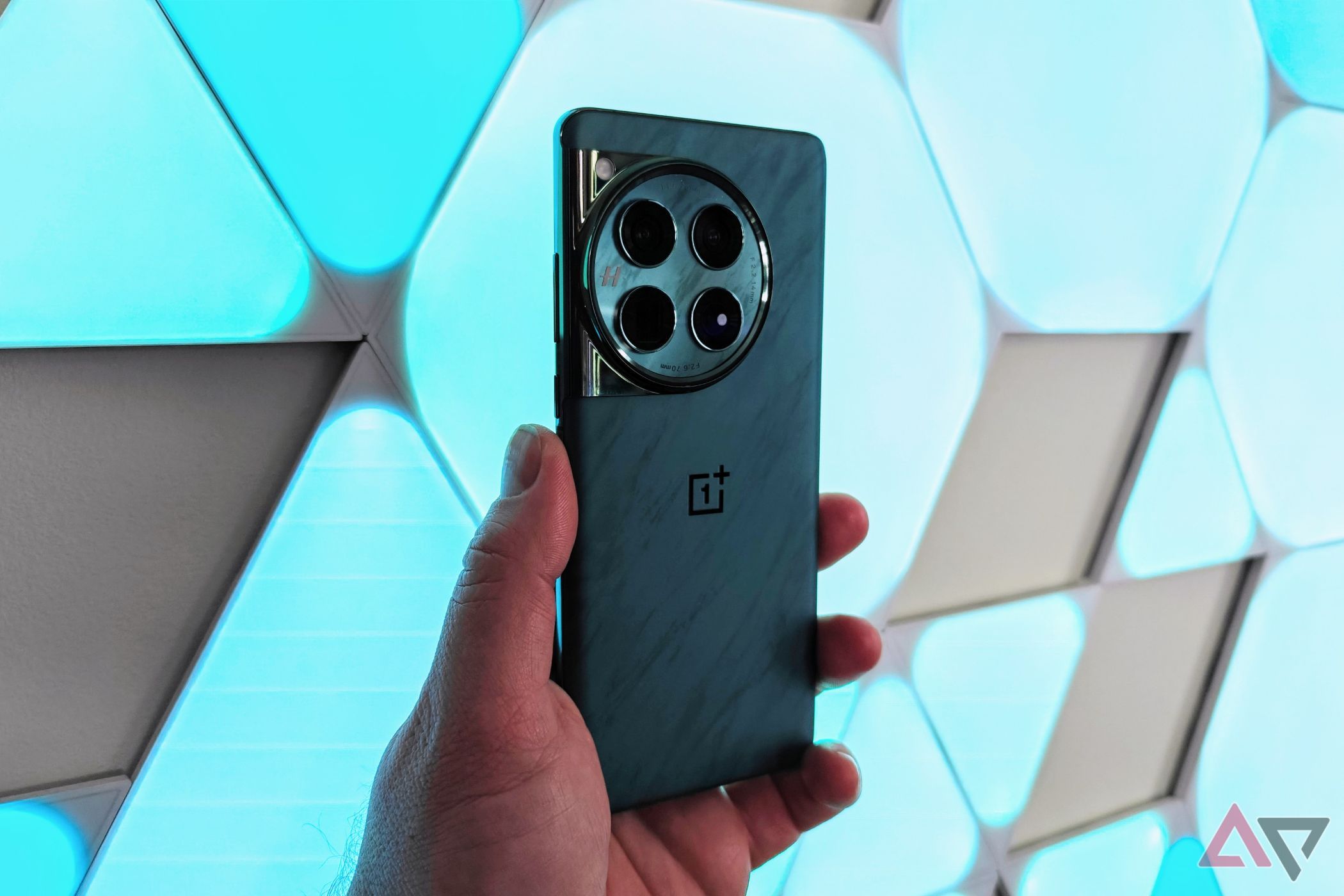
OnePlus 12 review: All flagship, no AI
This phone leaves nothing on the table, making for a truly complete packageUnlike the OnePlus 12R, though, this phone doesn't feel like its cutting as many corners to hit a price tag lower than the competition. Wireless charging is back, for example, and at 50W with a compatible charger, it's as speedy as ever. Likewise, Hasselblad's color profile has come a long way; shooting on this smartphone feels a lot like shooting on the OnePlus Open, and that's far from a bad thing. There's still space for changes next year — IP65 dust and water resistance isn't quite up to par with modern standards — but this is as close to the full package as we've seen from OnePlus in years, and at a price that's not too hard to swallow.
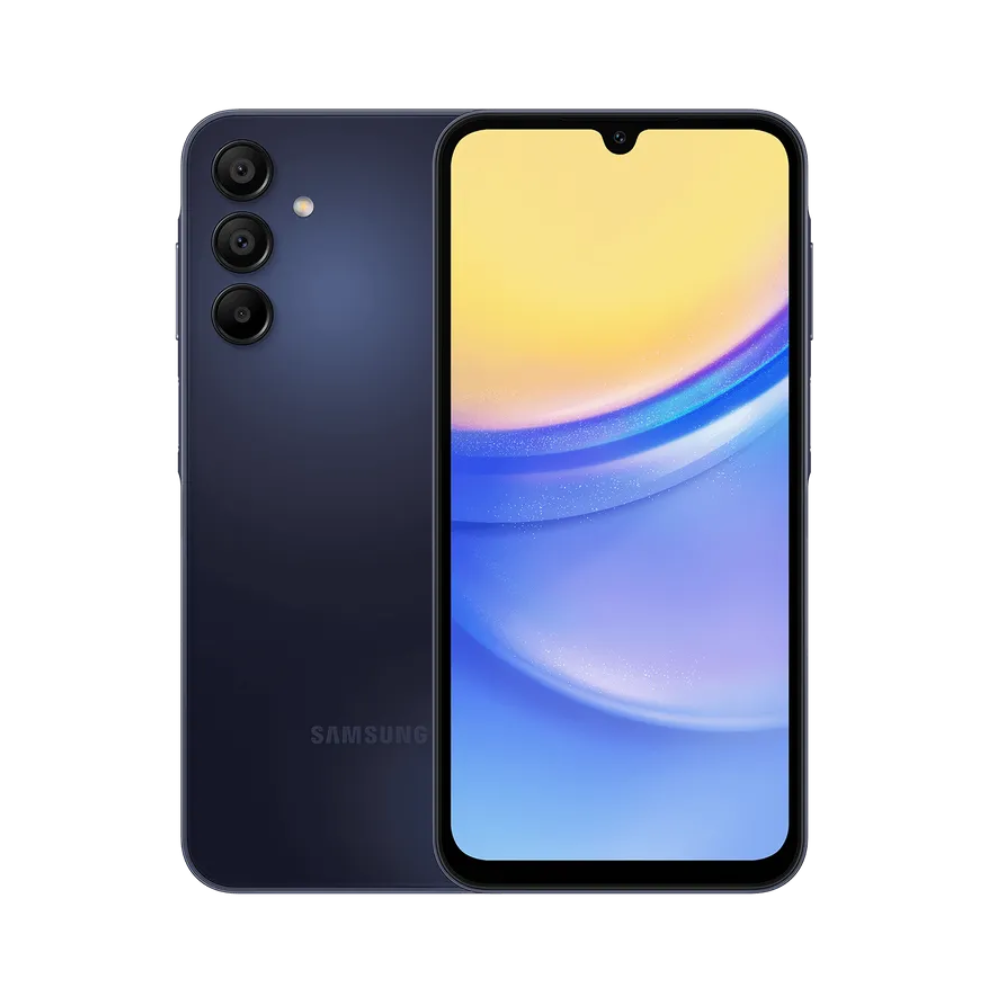
Samsung Galaxy A15 5G
All the versatility of Android at a fraction of the price
The Samsung Galaxy A15 5G proves that you don't need to spend $1,000 to get a decent Android experience. It features a gorgeous 6.5-inch Super AMOLED panel refreshing at 90Hz. Its Dimensity 6100+ allows for better-than-expected gaming performance and more than enough horsepower for daily tasks. While it's not the best camera, the A15 is capable of respectable shots in good lighting.
- Great display
- Fantastic battery life
- Decent performance
- Slow charging
- Poor night vision photography
We understand not everyone wants to spend upwards of $1,000 on their next smartphone, and most people won’t even use the added horsepower provided by the other entries on this list. If you’re looking to save a few dollars but still get a solid Android experience, the Samsung Galaxy A15 5G offers many of Android’s benefits without the massive hit to your wallet.
We’ll start with the display, a gorgeous 6.5-inch Super AMOLED panel refreshing at 90Hz. It’s crisp and contrasty, providing a great experience while binging content or playing games. Speaking of gaming, the A15 is powered by the Dimensity 6100+, allowing for better performance in games like Genshin Impact and other titles you wouldn’t expect at this price point.
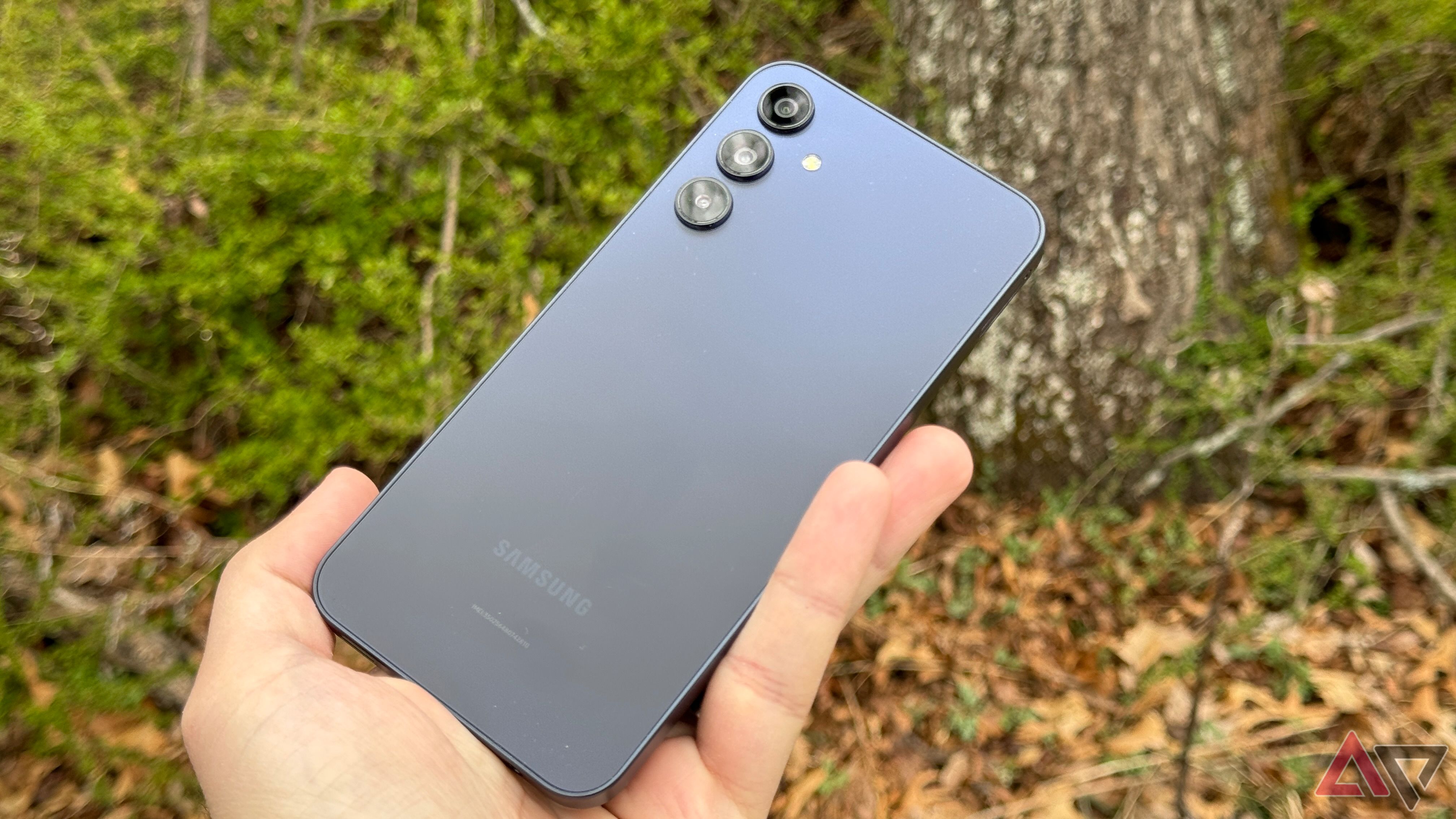
Samsung Galaxy A15 5G review: Everything you need for only $200
It's not flashy, but the A15 gets the job done for people who don't read reviews or care about specsWhile we feel it's limited by 4GB of RAM, the Galaxy A15 still includes some fan favorites like a 3.5mm headphone jack and expandable storage — the only device on our list to include both. The A15 may not be constructed of glass and titanium like its more expensive siblings, but it at least looks the part, with Samsung streamlining its design language across all devices.
Moreover, the A15 has serviceable cameras and fantastic battery life, adding value. All told, it’s a hard package to beat for $200, and when you add in five years of software support, the Galaxy A15 becomes an attractive Android option.
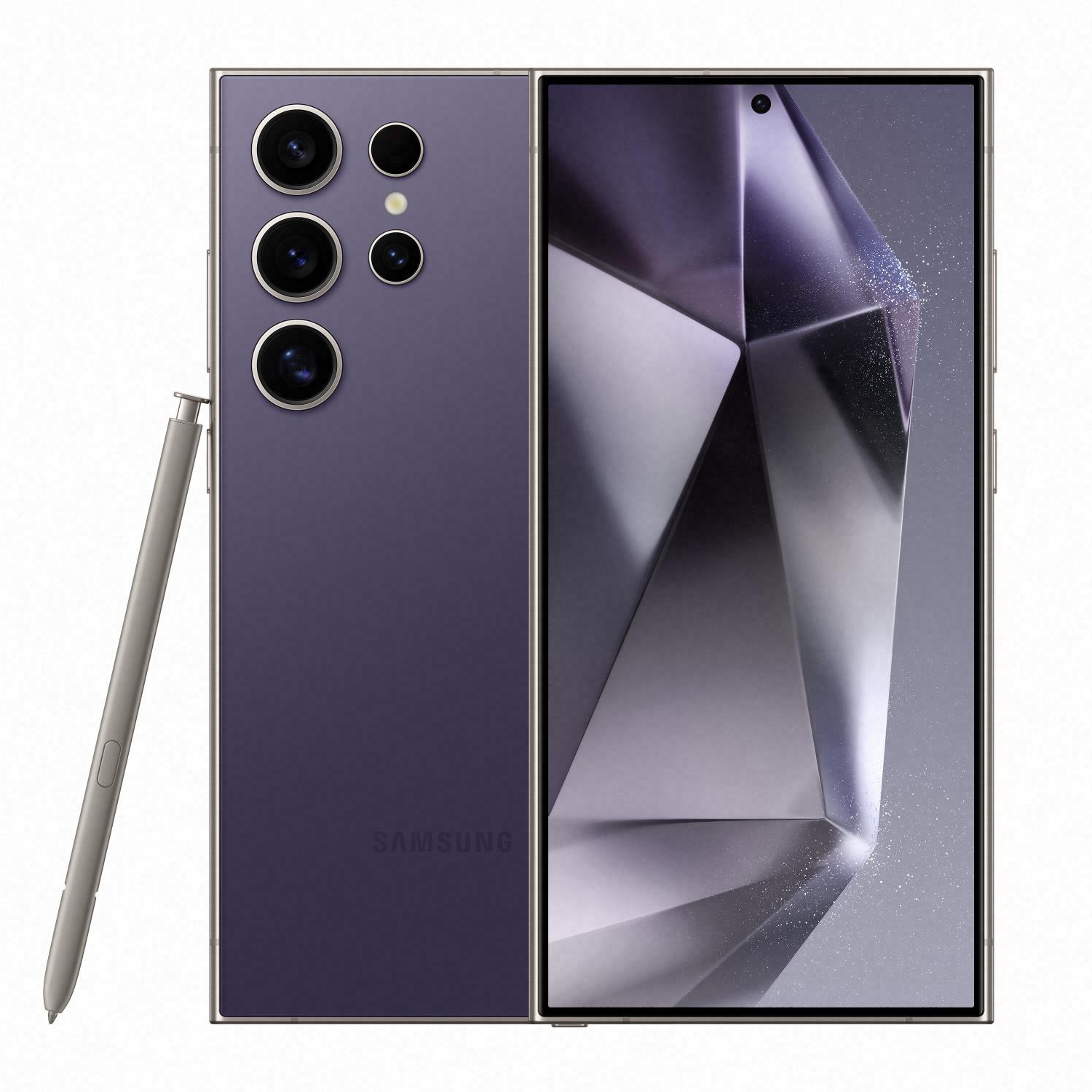
Samsung Galaxy S24 Ultra
It's hard to beat Samsung's top-tier experience
From titanium to the S Pen, the Galaxy S24 Ultra is truly an "everything and the kitchen sink" type of phone. That makes it perfect for gamers and road warriors alike — anyone trying to make the most of their mobile experience. But those looking for just a good Android phone might find the Galaxy S24+ saves them some cash.
- As powerful as any Android phone available
- A huge, bright, and anti-reflective flat display
- The S Pen makes it great at productivity, too
- It's more phone than most people need
- It's Ultra expensive
- The camera system struggles with motion, even in good light
Usually, a phone like the Galaxy S24 Ultra would be reserved for the premium section on this list — it is, after all, one of the most expensive smartphones on the market. But with the Galaxy S24+ having made so many strides compared to its predecessor, it only makes sense for us to recommend that phone in its place, as you’re no longer required to get the Ultra to enjoy features like a QHD display and a higher refresh rate. However, there are still plenty of fans of the old Note series, and the S24 Ultra is ideal for them.
While you pay a lot for the S24 Ultra, you won’t be short on features, with its powerful Snapdragon 8 Gen 3 chipset, 12GB of RAM, and gorgeous display, making Samsung’s flagship a top performer. You’ll get excellent frames on high graphics settings in most AAA mobile games, with the S24 Ultra also capable of chewing through video and photo editing on the go. If you have a particularly long work day or enjoy your phone lasting well into the evening, the S24 Ultra gets excellent battery life, comfortably providing over 8 hours of screen-on time.
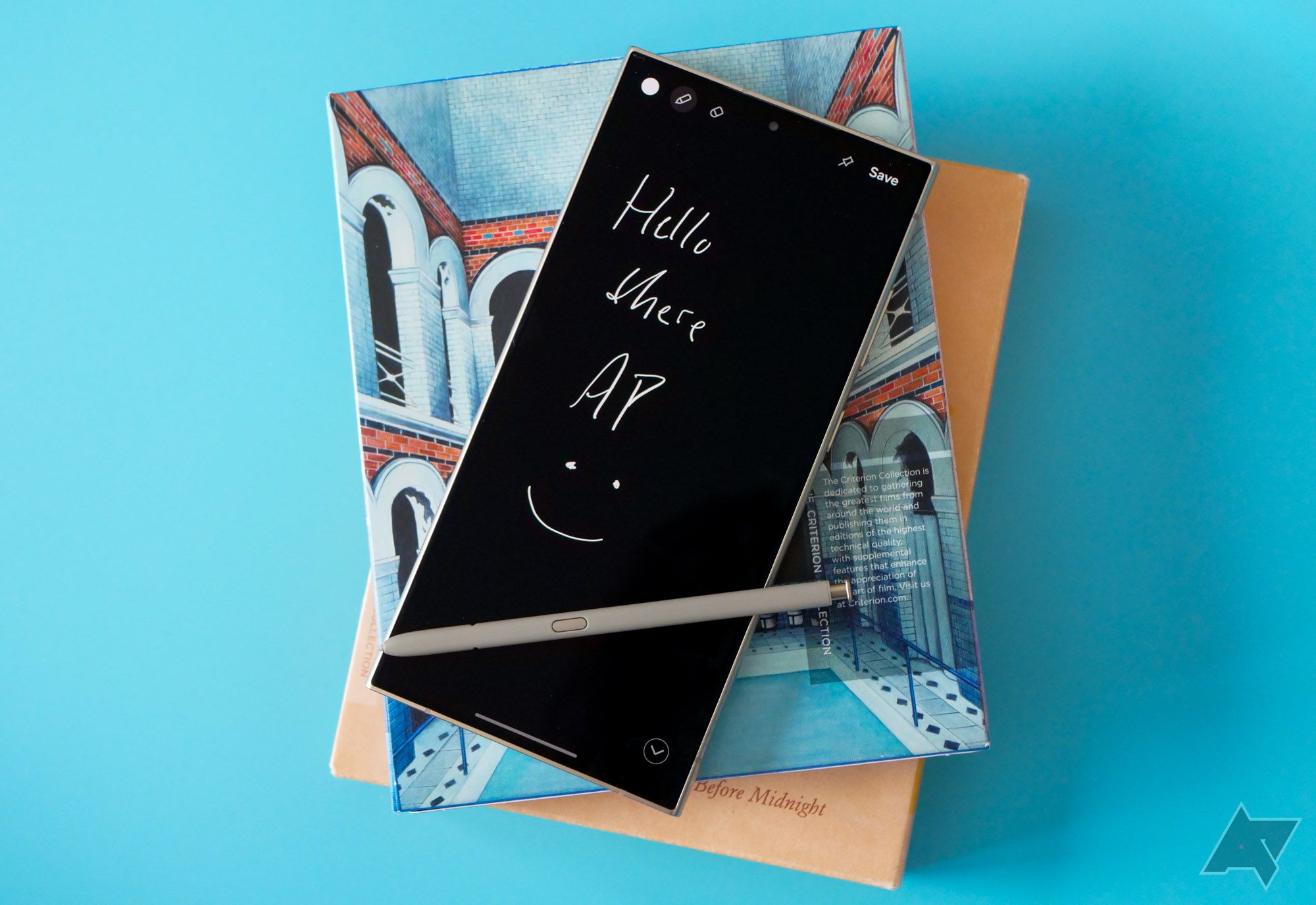
Samsung Galaxy S24 Ultra review: Still the best, unless you take photos
Without any meaningful changes, Samsung's latest phablet feels like a do-over for last year's smartphoneLet’s also not forget the S-pen, which represents more than just nostalgia for Galaxy Note fans. One UI 6.1 features a full suite of stylus functions, from making gifs to entertain friends to taking selfies remotely. It’s also just convenient to write on the display, whether it’s for simple note-taking or signing documents out in the field.
The S24 Ultra’s 6.8-inch Super AMOLED QHD display is gorgeous, and its 2,600 nits peak brightness means you’ll have little trouble viewing it outdoors. When you add in the premium titanium frame and flat glass back, the S24 Ultra provides one of the most premium smartphone experiences you can buy stateside. If you enjoy buying the best of the best, need an S-pen, and want the most versatile camera Samsung offers, the S24 Ultra should be your pick
What are the most important things to look for in an Android phone?
It's easy to get overwhelmed by all the specifications and features thrown around in a phone's product listing or reviews. Ultrasonic fingerprint sensors, 100x zoom cameras, S Pen stylus support, UWB, and the list goes on, but what do you actually need, and what’s just icing on the proverbial cake? There are four key features you should look at in a new phone — after you decide on your budget, of course:
- Camera
- Screen
- Battery
- Software and updates
Camera
While the camera might not be the most important feature for some buyers, it’s a good indicator of overall speed, performance, and quality. For example, if a review mentions that the camera takes too long to open or too long between shots when snapping multiple photos in succession, that’s a hint that the phone’s long-term performance might be more sluggish than what initial reviews indicate.
Screen
Most phones today come with screens in the 6.4 to 6.8-inch range, though aspect ratio certainly plays a role in how wide/narrow/tall/short a phone ends up feeling in your hand. If you prefer more petite devices, be prepared for a difficult search if you want to go smaller than the 6.1-inch Samsung Galaxy S24. There are three other screen features to consider: curved screens, high refresh rates, and maximum brightness. Curved screens can look lovely, but it’s often harder for tempered glass screen protectors to fit on them — and they can also be harder to grip without accidental touches.
Meanwhile, when it comes to refresh rates, the higher, the better. 60Hz is the classic rate, but 90Hz and 120Hz are becoming much more common, even among mid-range and budget phones like the Samsung Galaxy A15. You'll get a smoother experience with a high refresh rate display, but often at the cost of battery life. Finally, make sure you pay attention to your phone's screen brightness if you spend time outdoors. If a screen doesn’t get very bright, it’ll be hard to read outside. You don’t necessarily need a screen that can reach 2,600 nits like the S24 Ultra, but 800 nits is a nice goal if you need to reliably and regularly use your phone outside in full sun.
Battery
The brighter your screen, the more power it consumes. However, a battery is more than just a number on a spec sheet; be sure to read the reviews and see how that battery fares in actual use in reviews. While a good power bank or a fast phone charger can somewhat offset a smaller battery, nothing can replace getting a phone with a proper battery life from the start.
Software and updates
And of course, when it comes to software, you'll want to look for features you care about crossed with a reliable update schedule. Some users can’t stand how One UI behaves towards most third-party launchers or how over-stuffed Samsung’s apps and features are, flocking instead to the Pixel 8 series and its cleaner design. Others prefer how flexible One UI can be compared to the competition, especially with add-ons like Good Lock.
When looking at a phone’s promised updates, it’s important to remember a few things. Platform updates are updates to the features and Android level of your phone; the Galaxy S24 and Pixel 8 series will get seven years of OS upgrades and security patches.
What's the best Android phone you can buy?
This list represents the best Android has to offer and is a true testament to the versatility that the platform offers. From flagship-level specs to years of software support, the best Android devices are required to do many things very well. As a result, they command a price tag reflective of the level of craftmanship that has gone into each one of these devices.
The Google Pixel 8 Pro offers the best combination of performance, features, and software support. It has one of the best cameras you can find on a smartphone and sells at a price that undercuts some of the competition. Just make sure to put a great case on it to keep the camera bar from getting scratched up.
The Samsung Galaxy S24+ is a great device if you are looking for a phone that offers just about every feature you can think of, is extremely powerful, and offers fantastic battery life. It's also one of the more expensive devices on this list and is held back a little by its camera, which struggles when capturing moving images.
For anyone looking for a smaller device that's incredibly well-rounded, the standard Pixel 8 offers a balance of size, power, and price that is difficult to match. It offers a great camera system, years of software support, and the same performance as its pricier and bigger sibling.
No matter what device you are looking for, Android has you covered. Android devices come in various shapes, sizes, and performance levels, making finding the perfect one for you quite easy.

Google Pixel 8 Pro
The Google Pixel 8 Pro is the company's latest flagship, boasting a new Tensor G3 chip, a brighter screen, and a new camera array capable of capturing even more light. As usual, the real power lies in Google's Tensor chip, which offers even more photo enhancement and image editing features.

